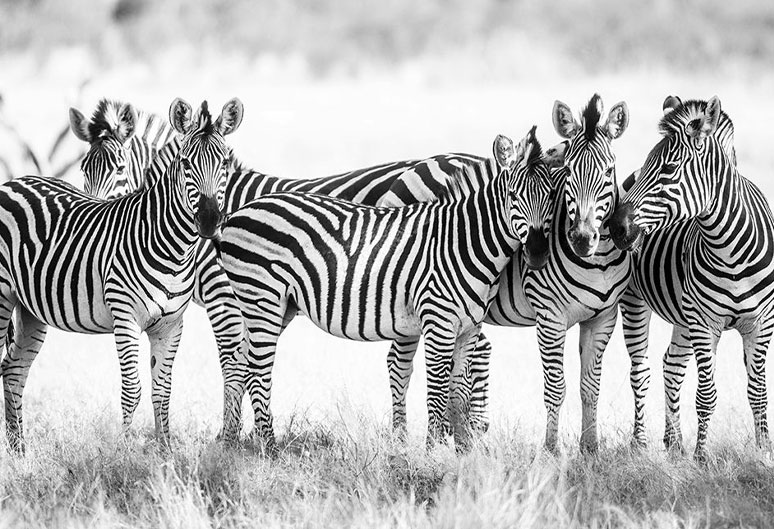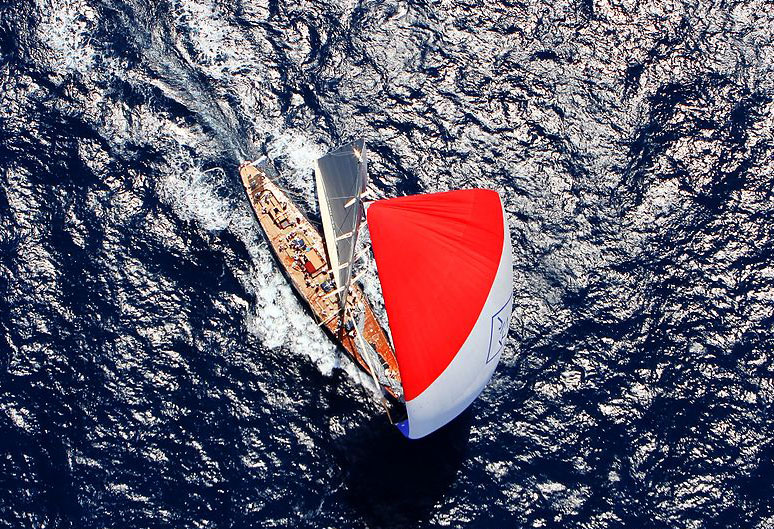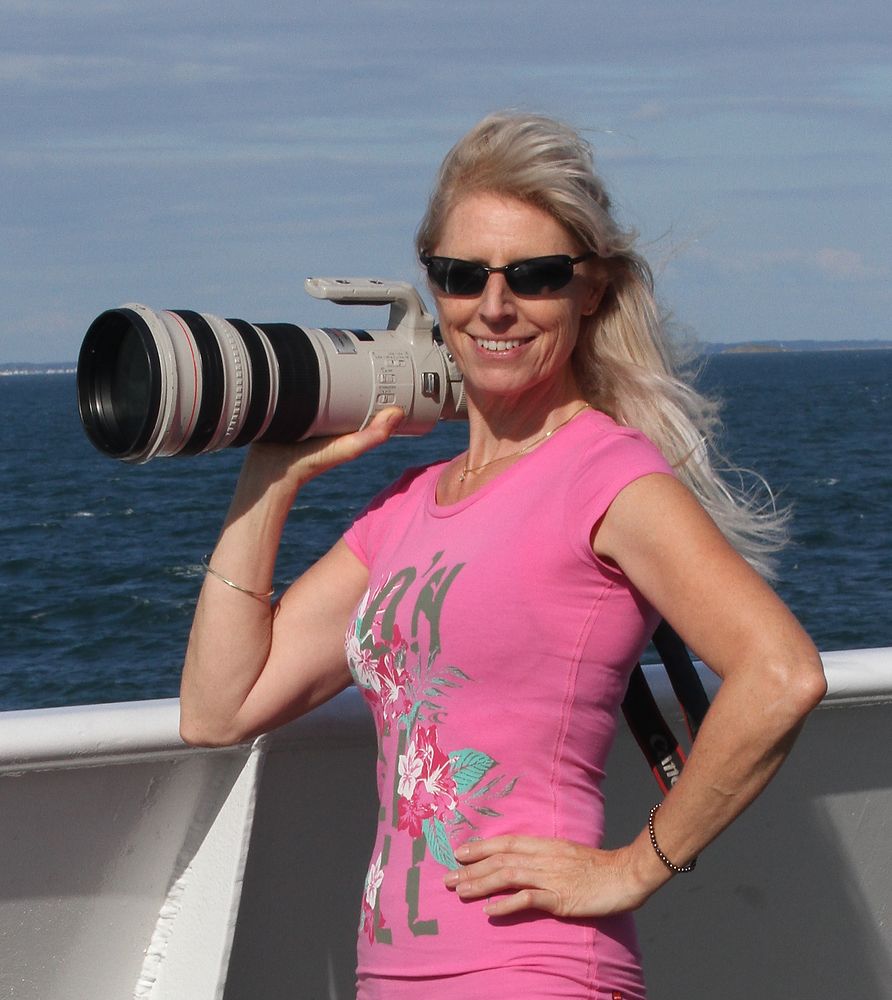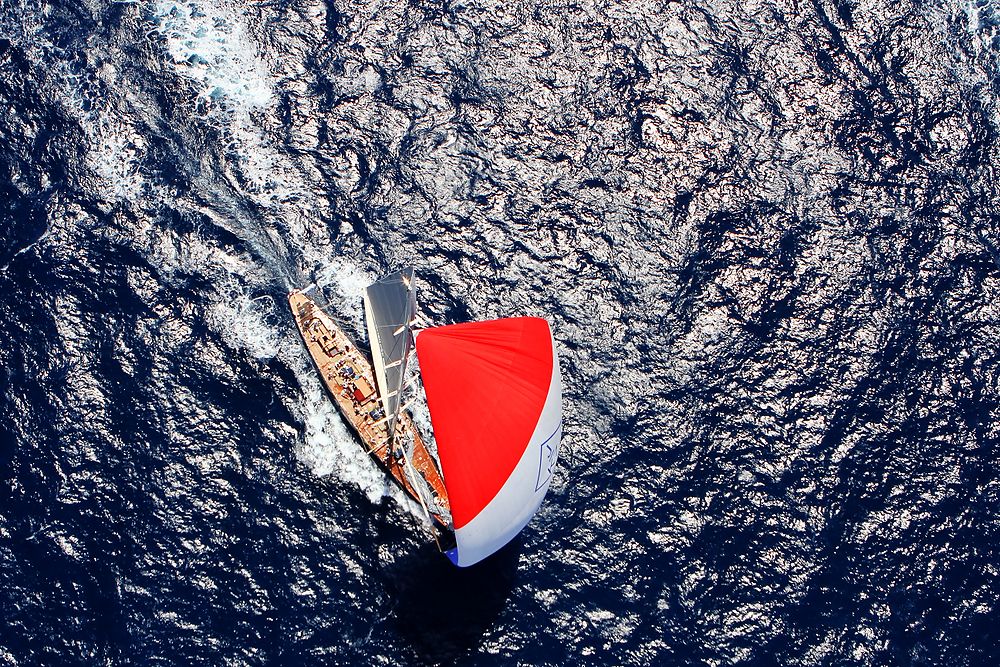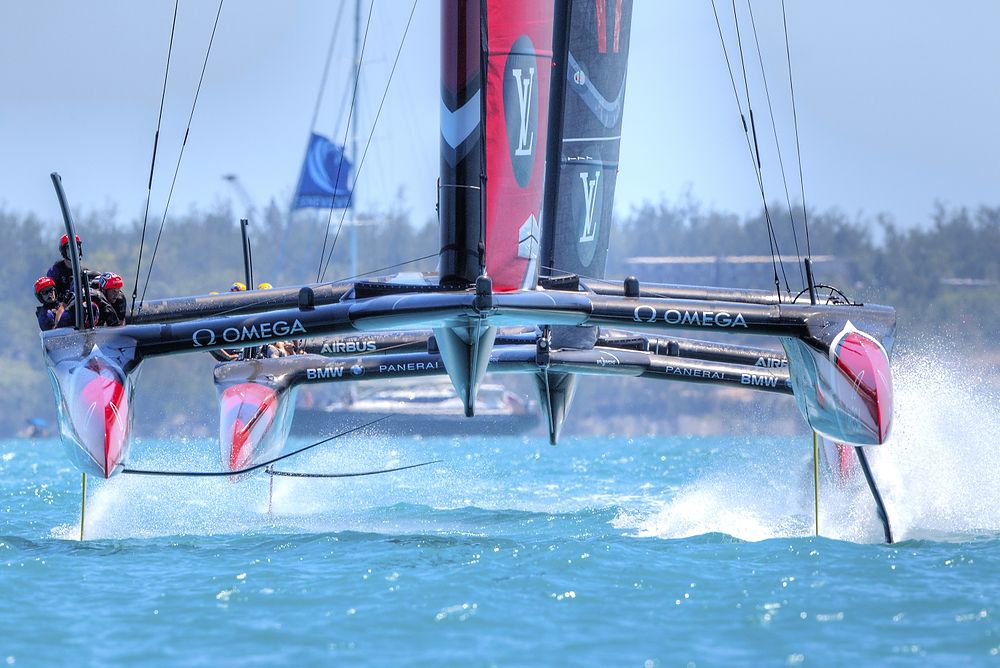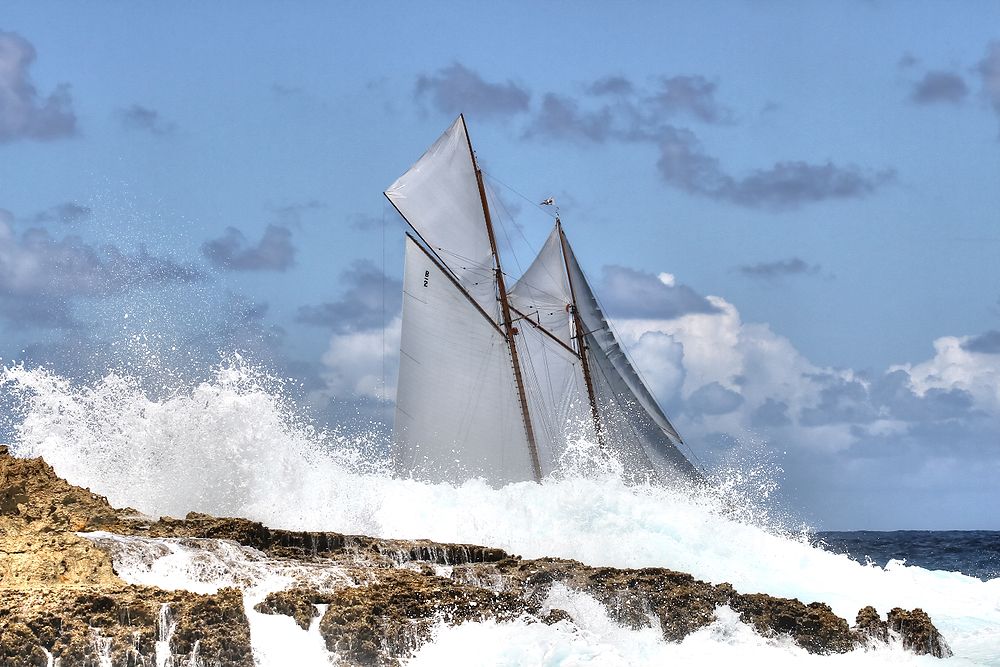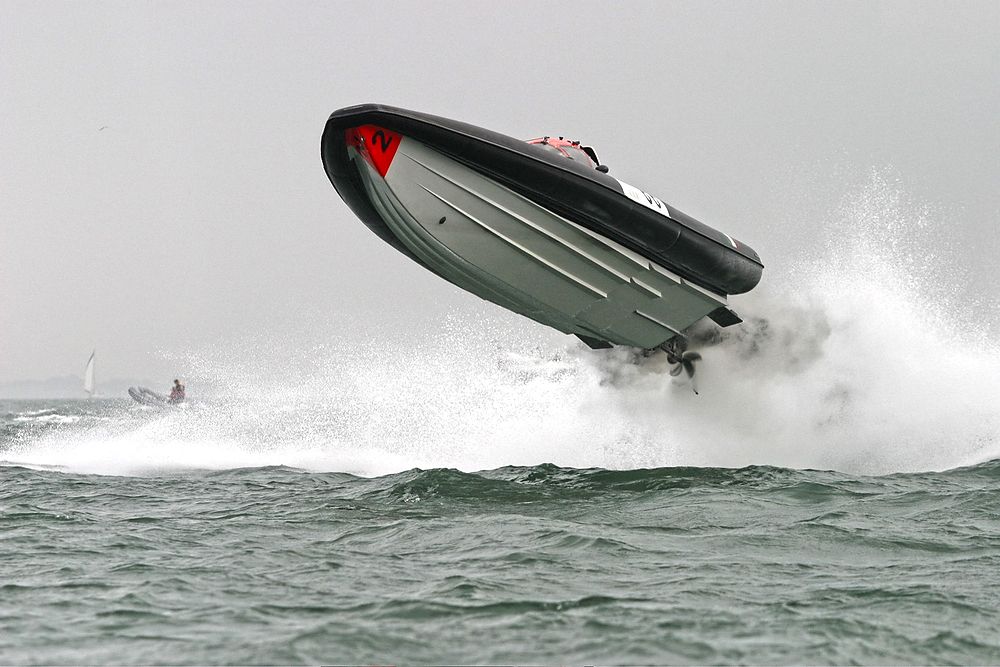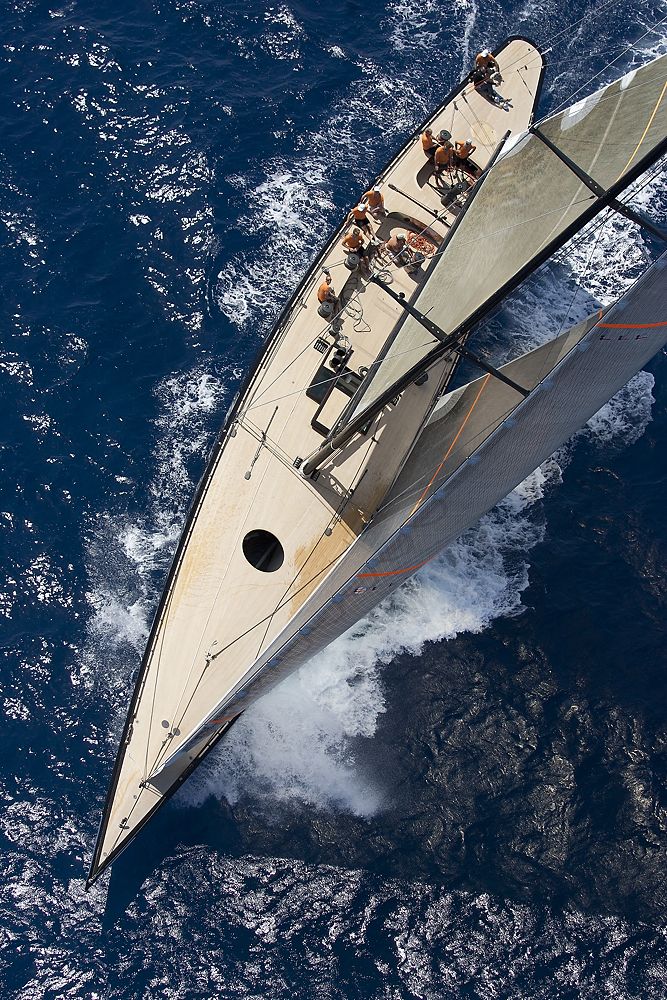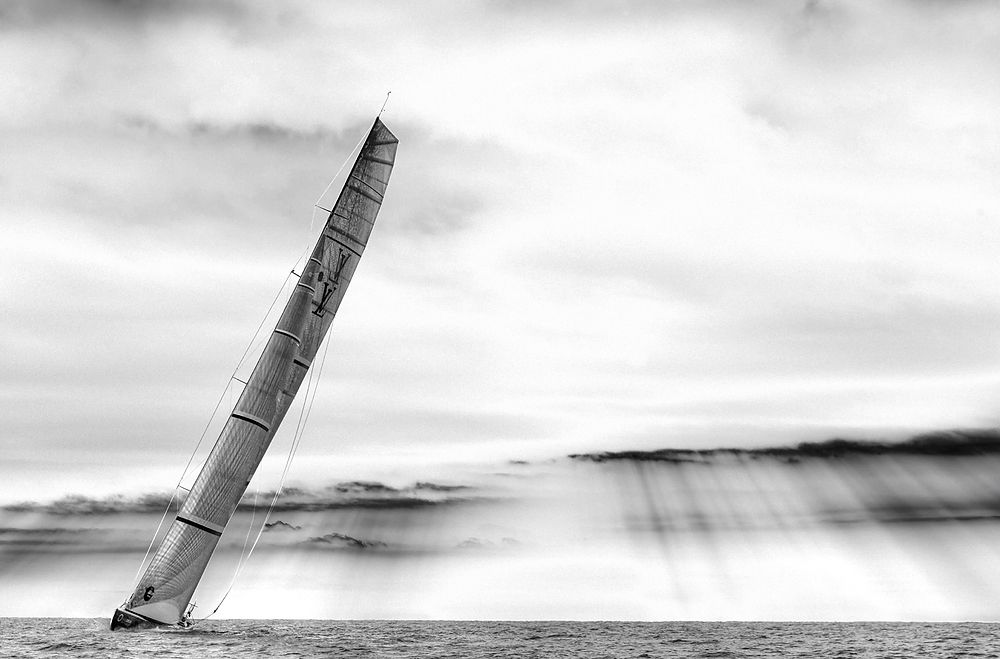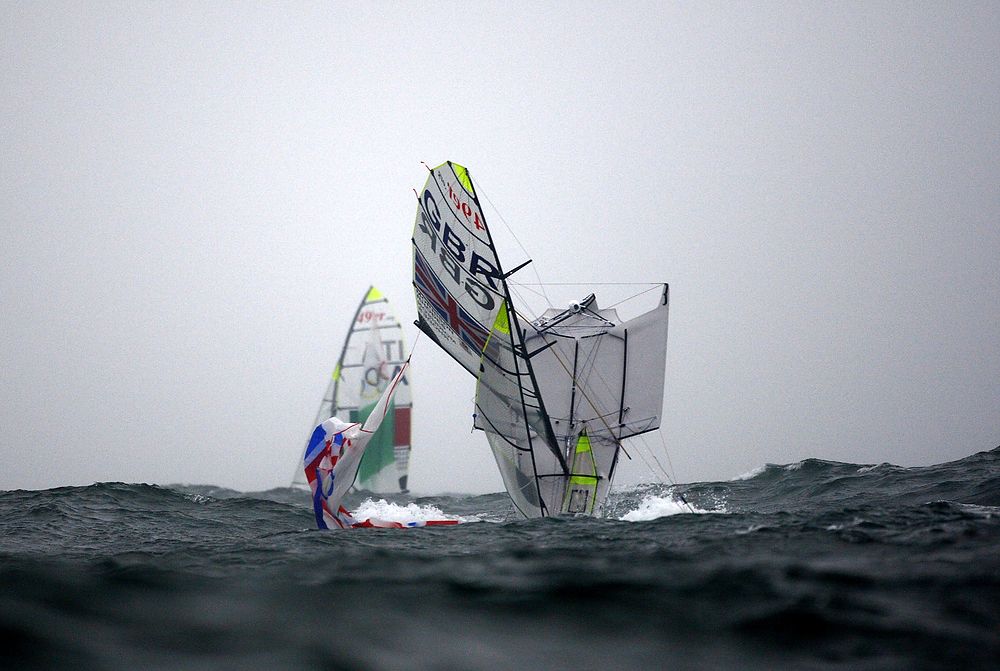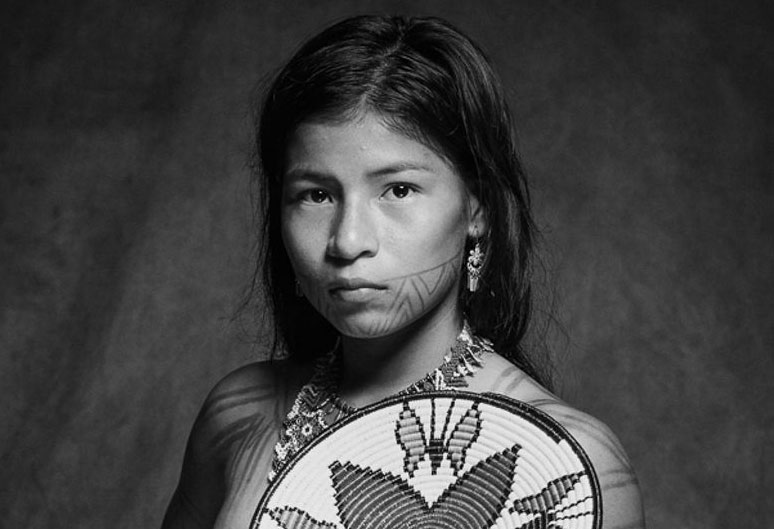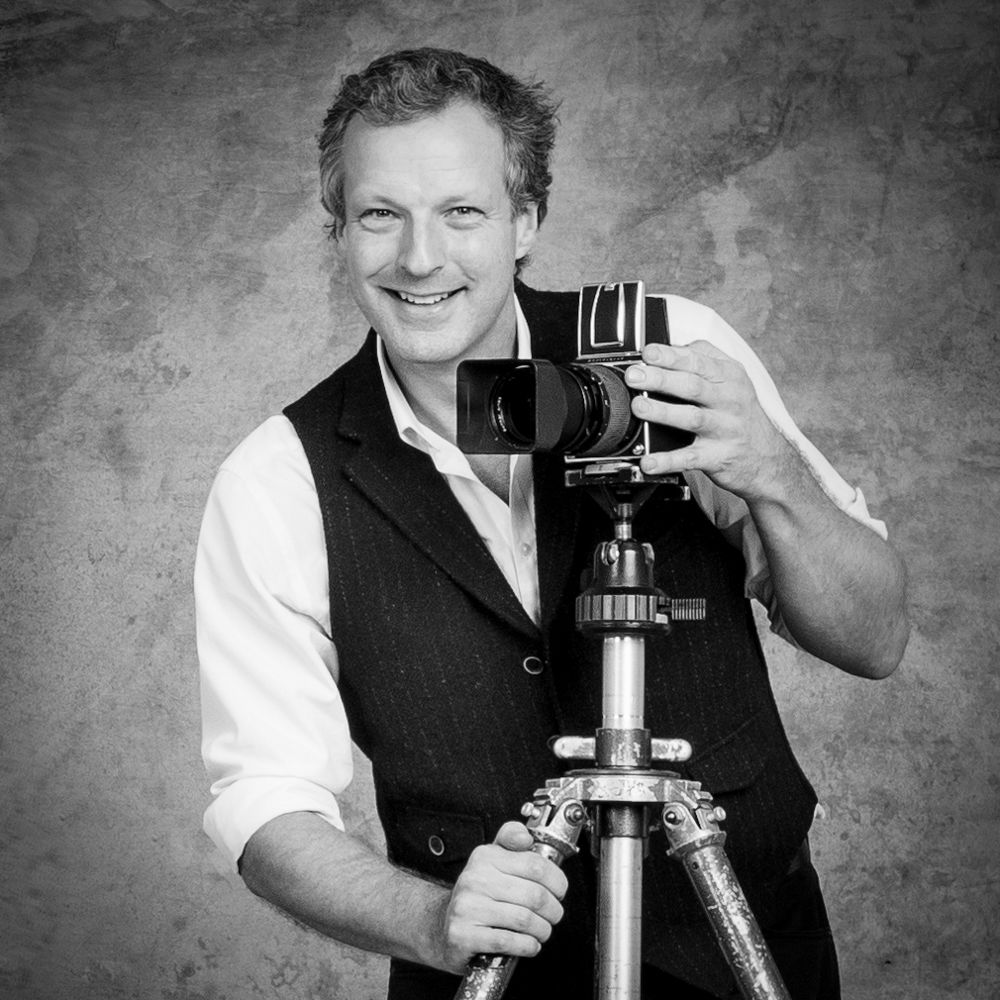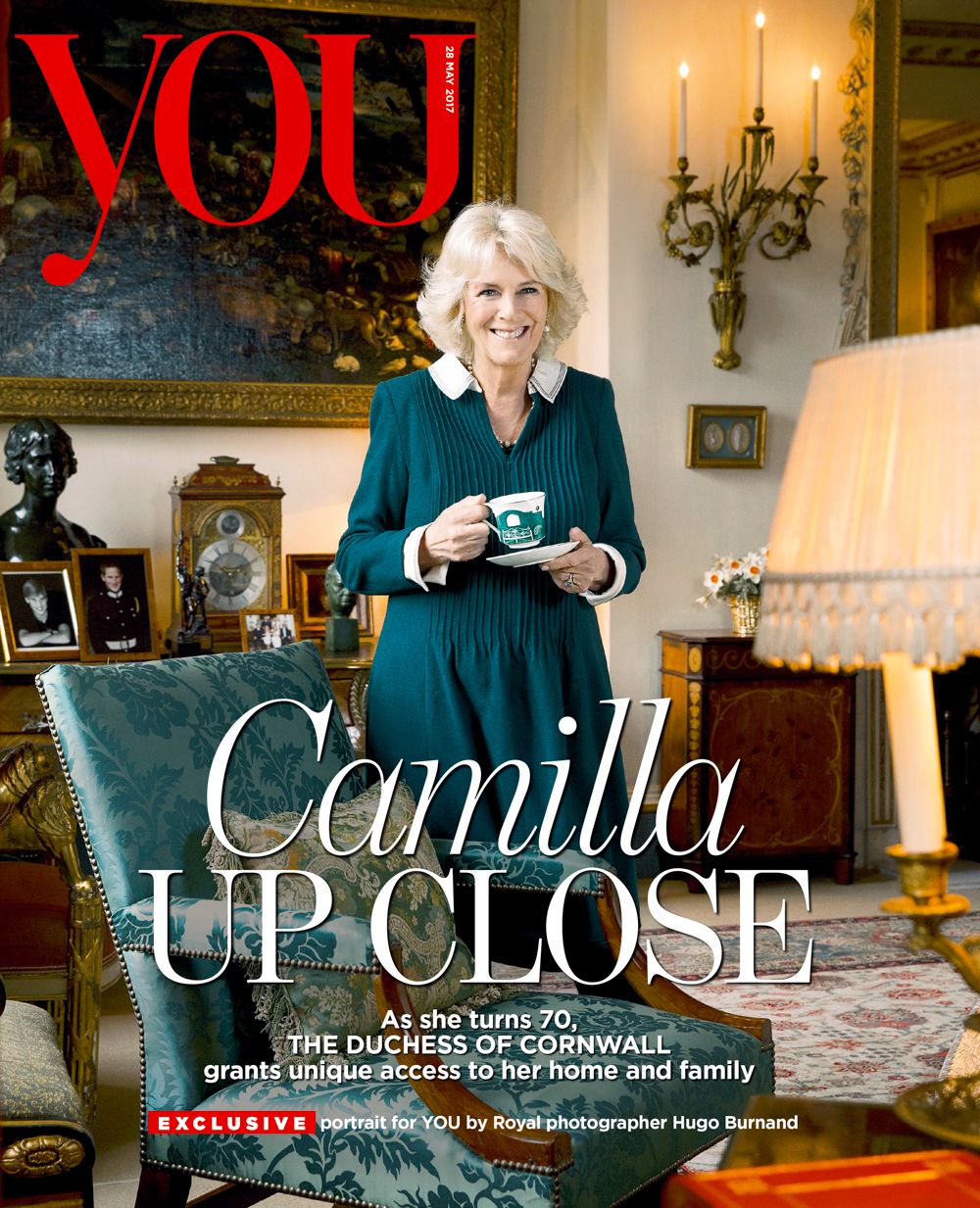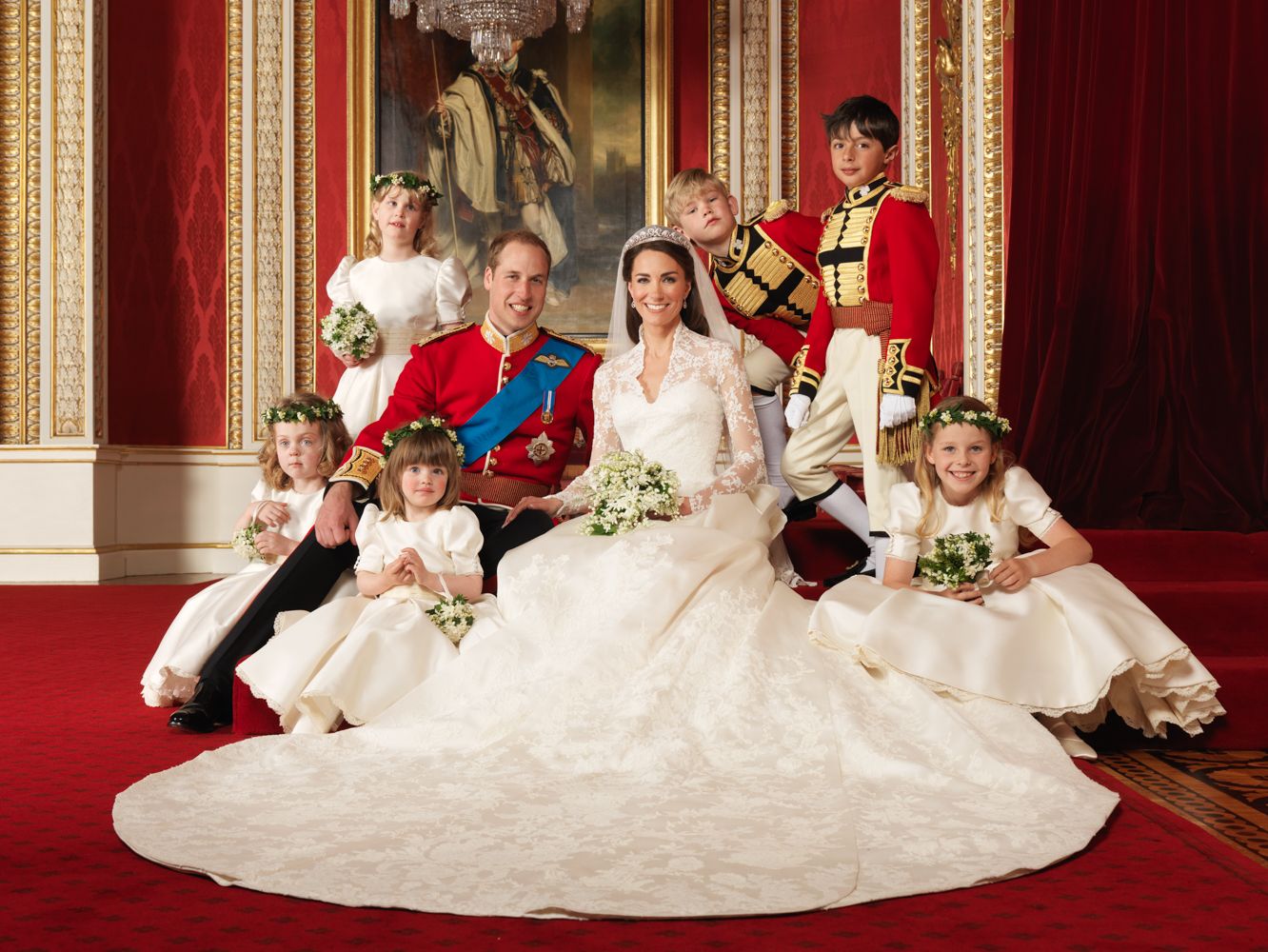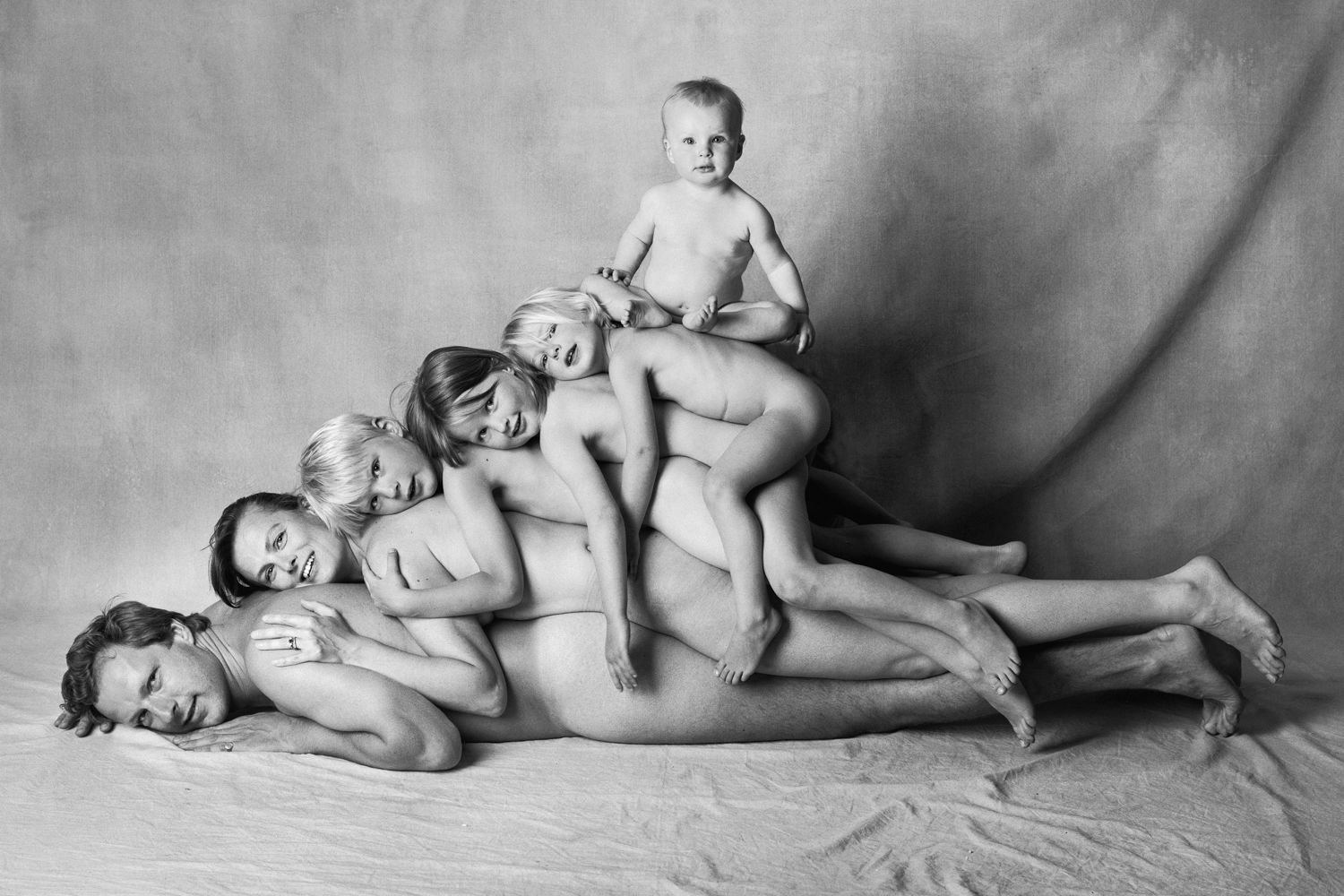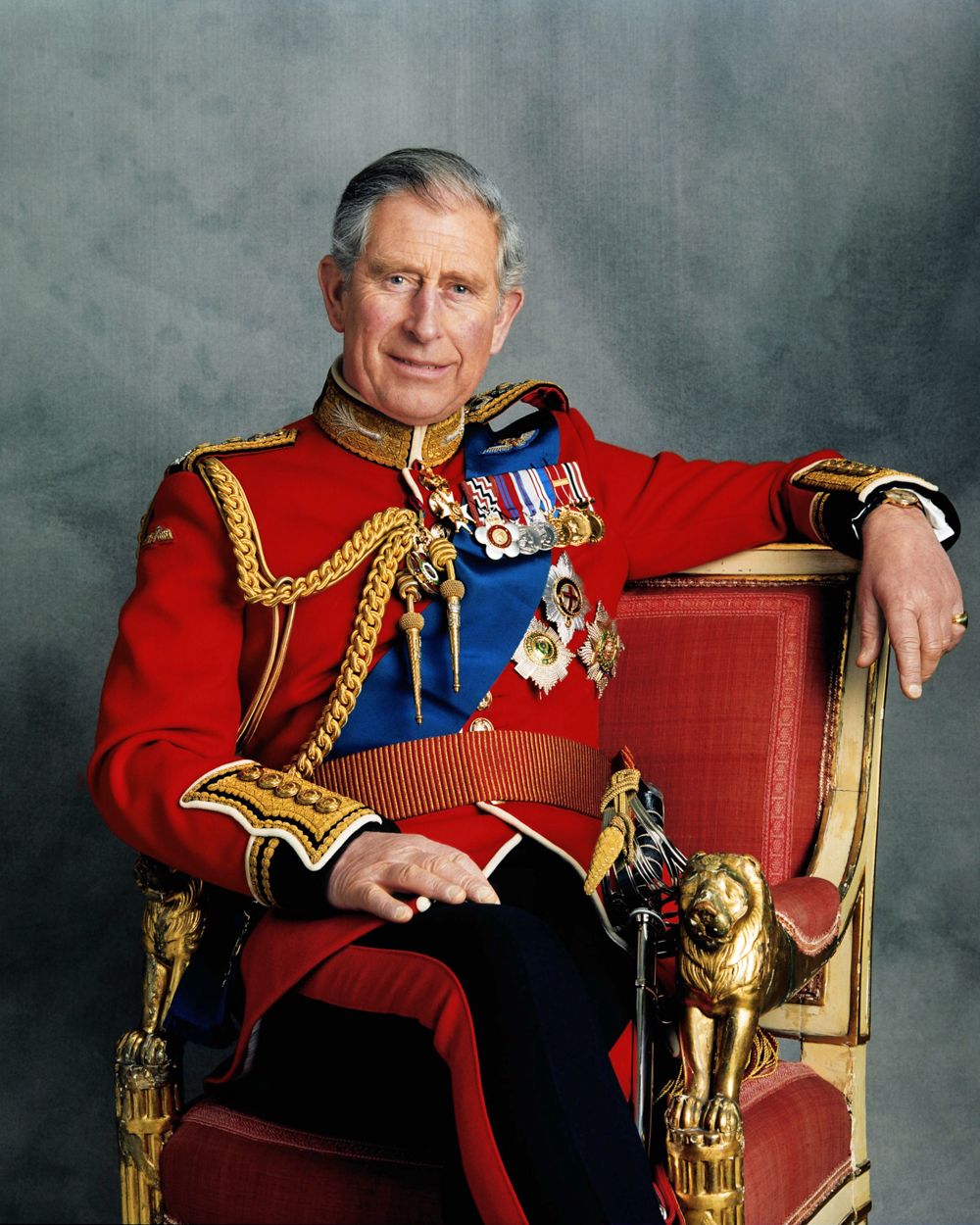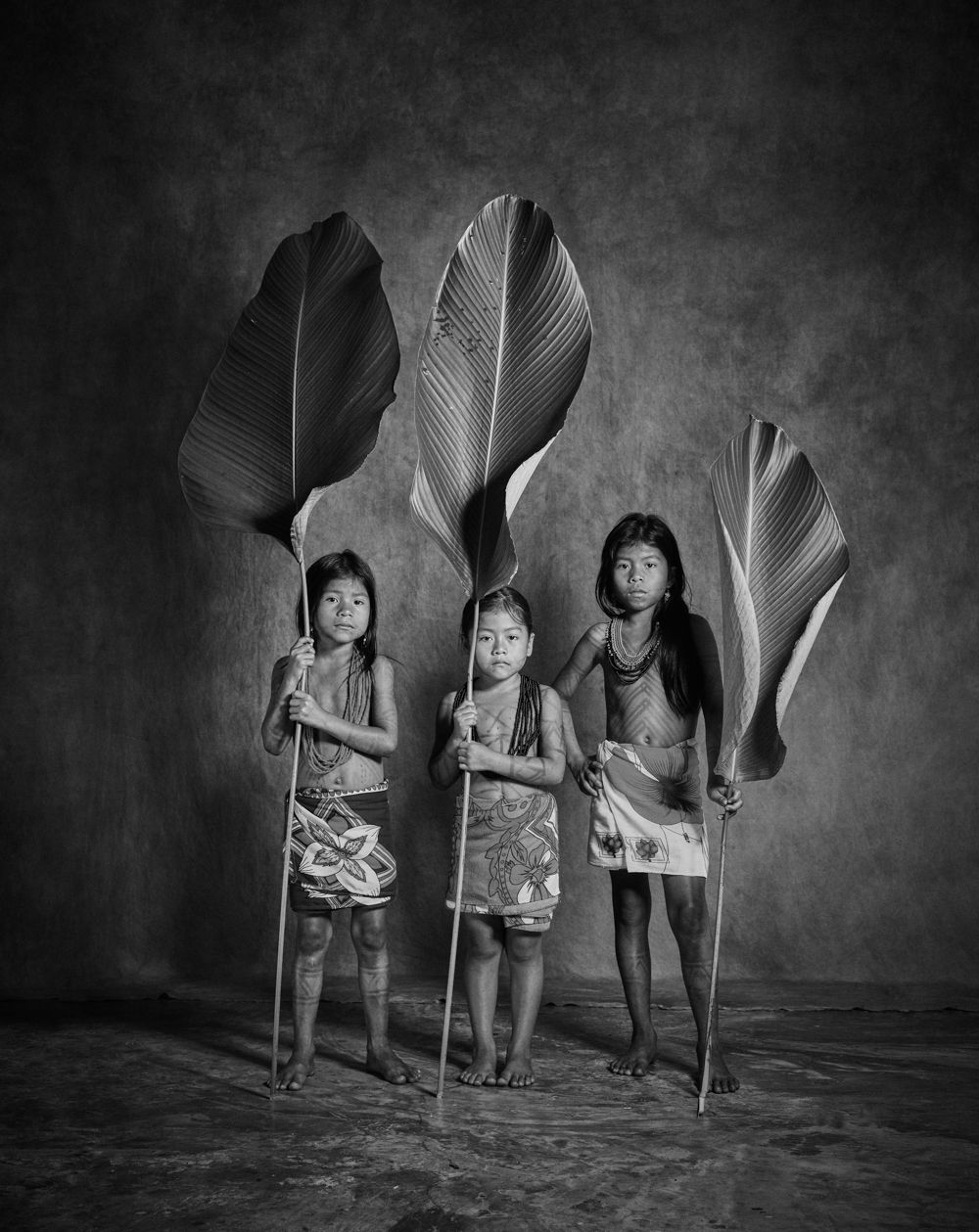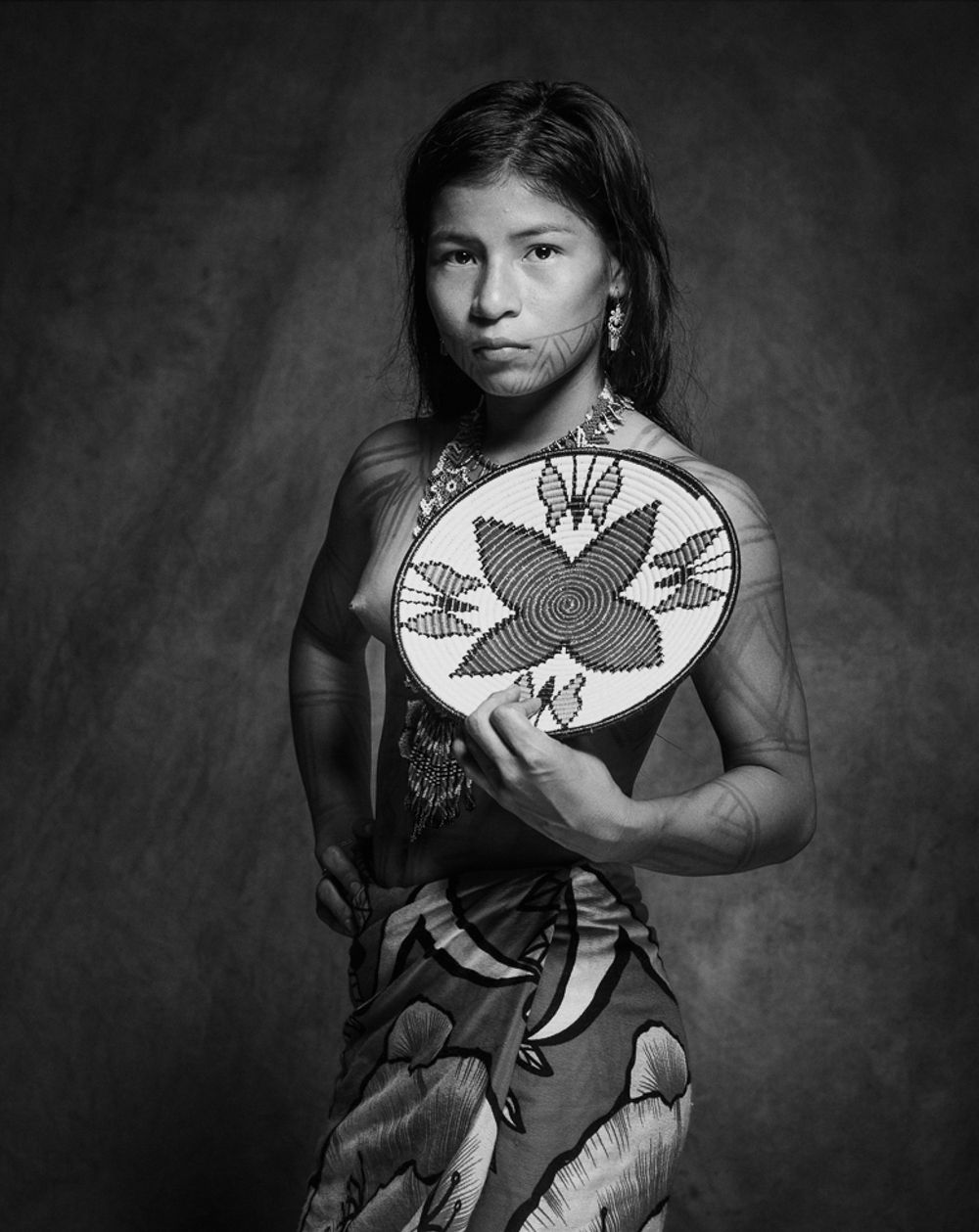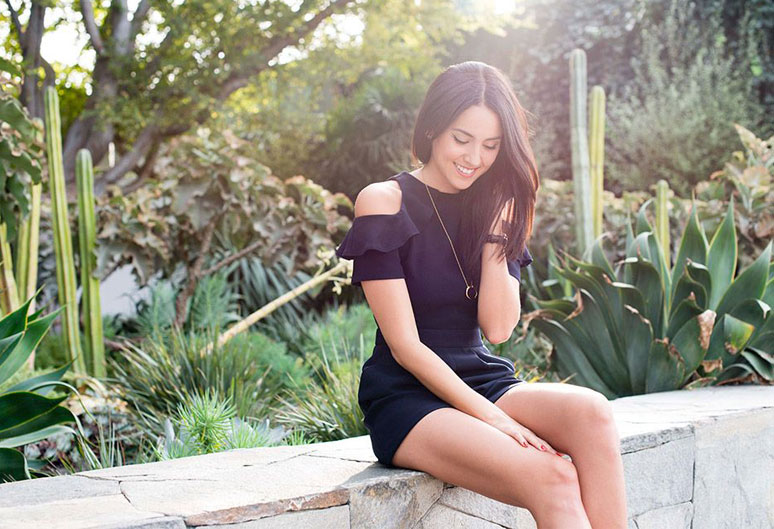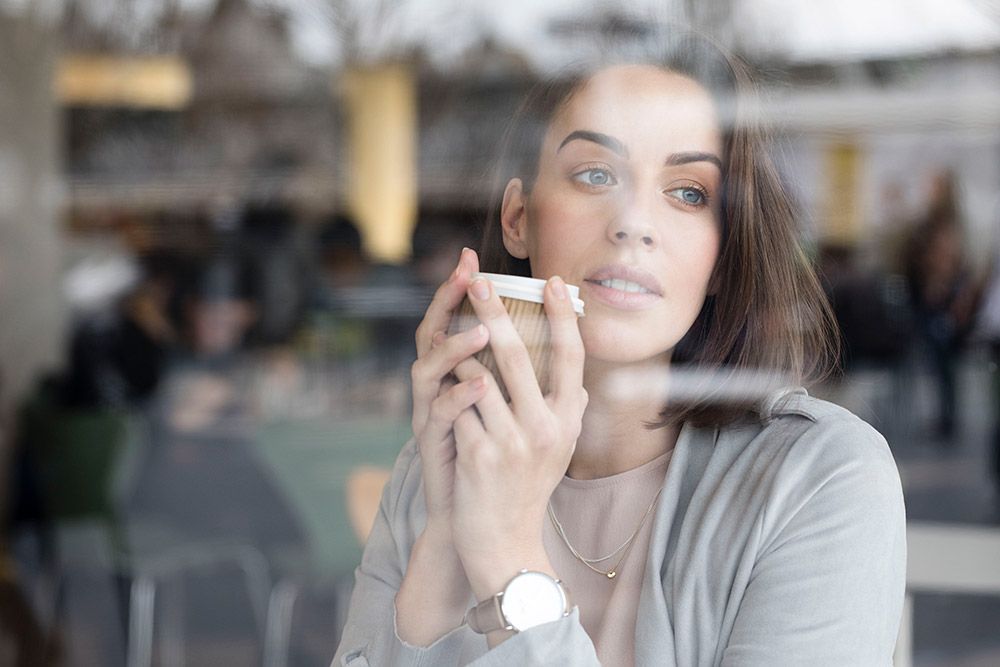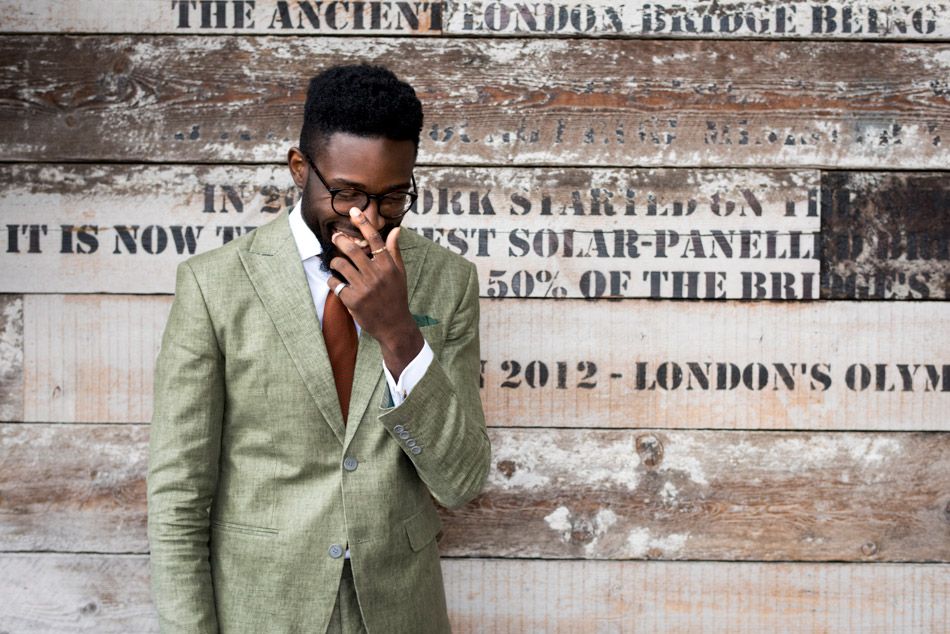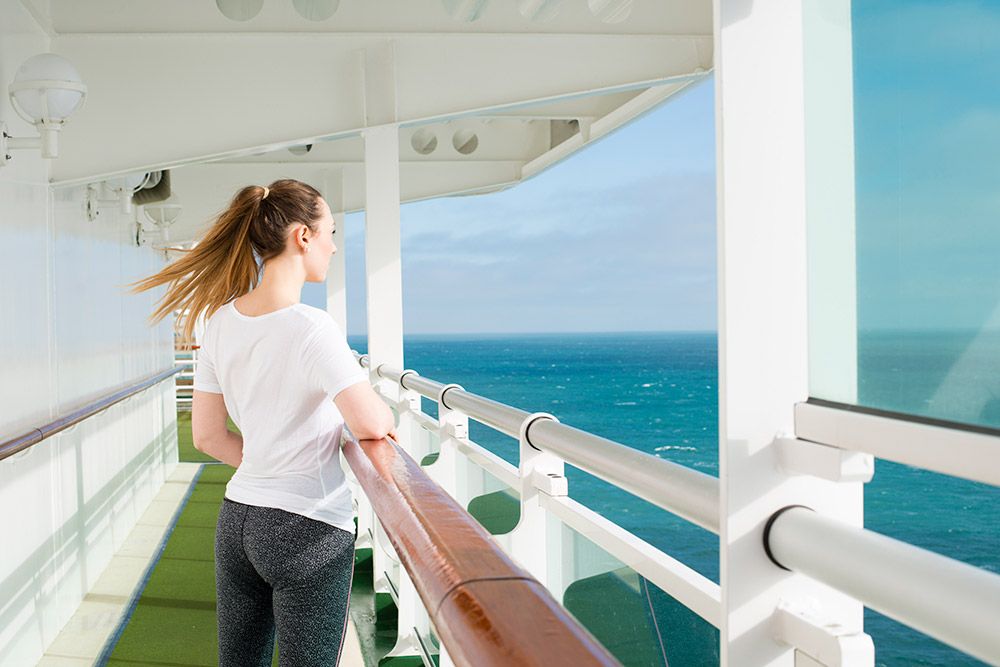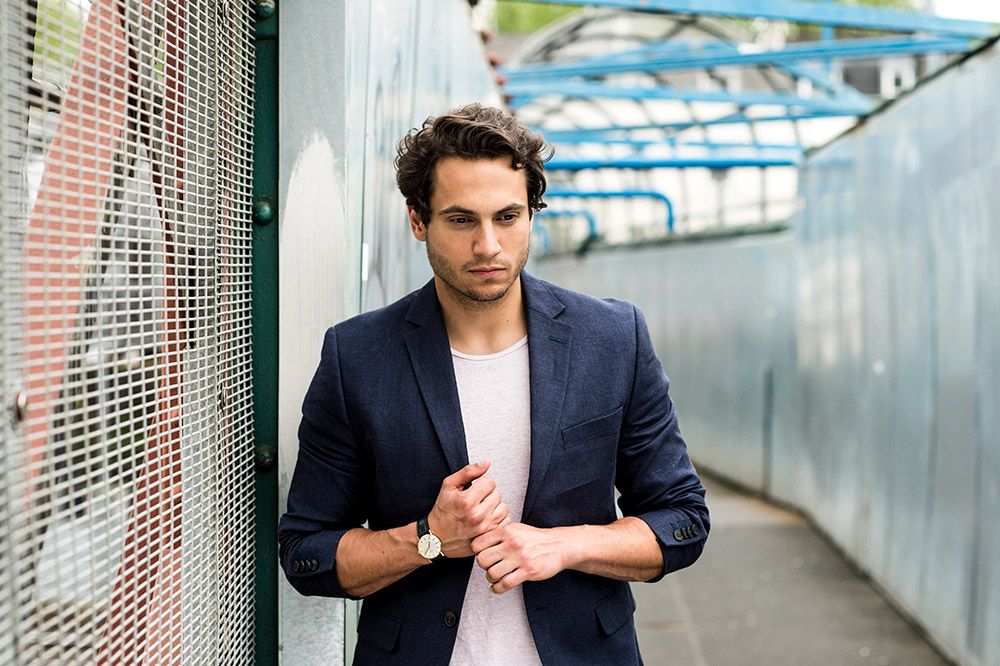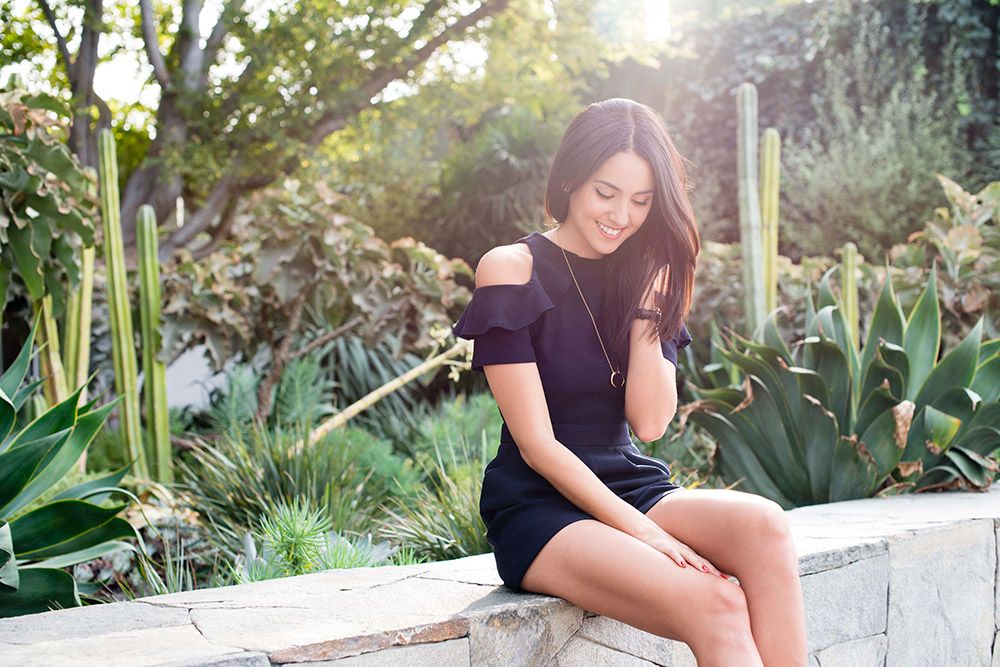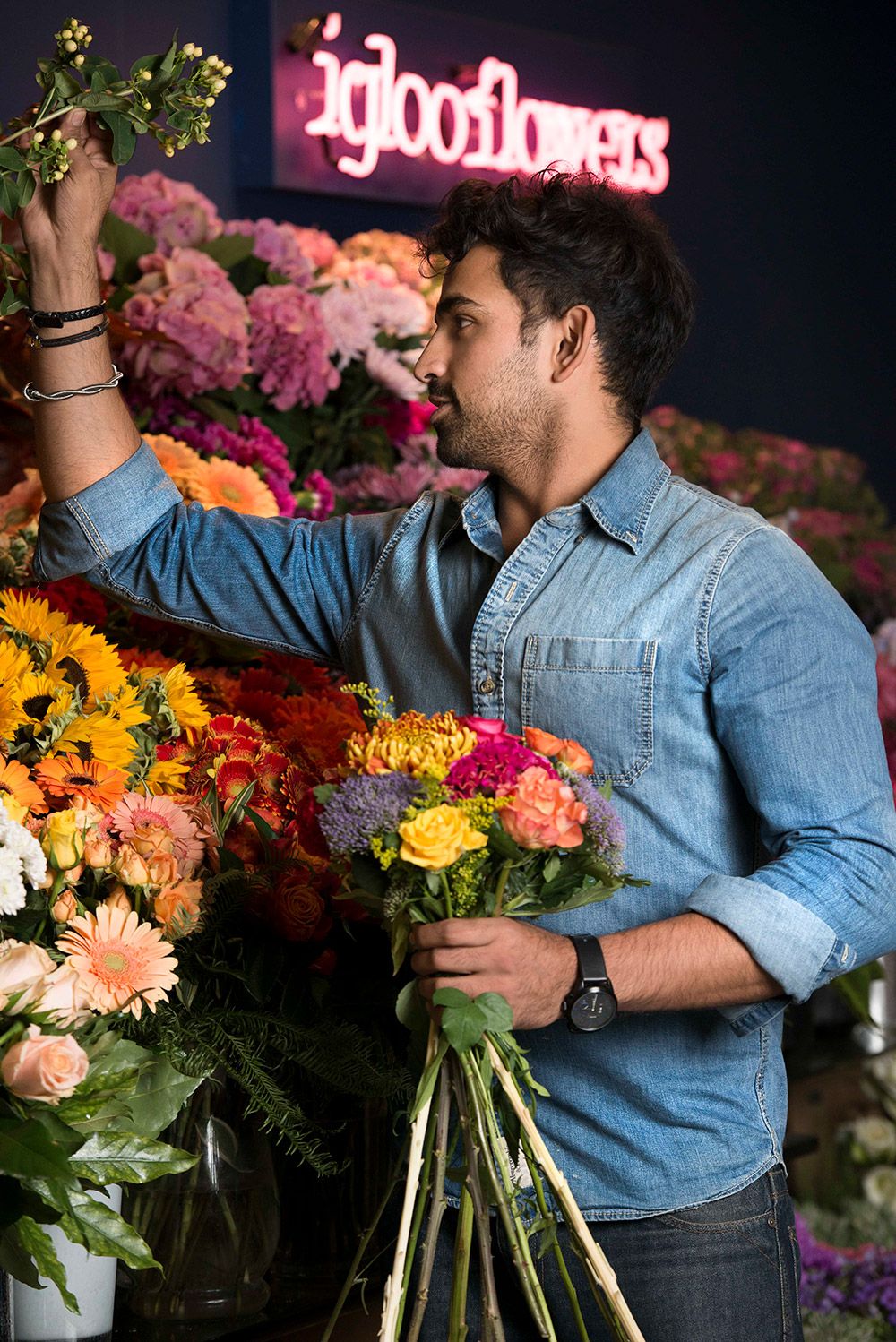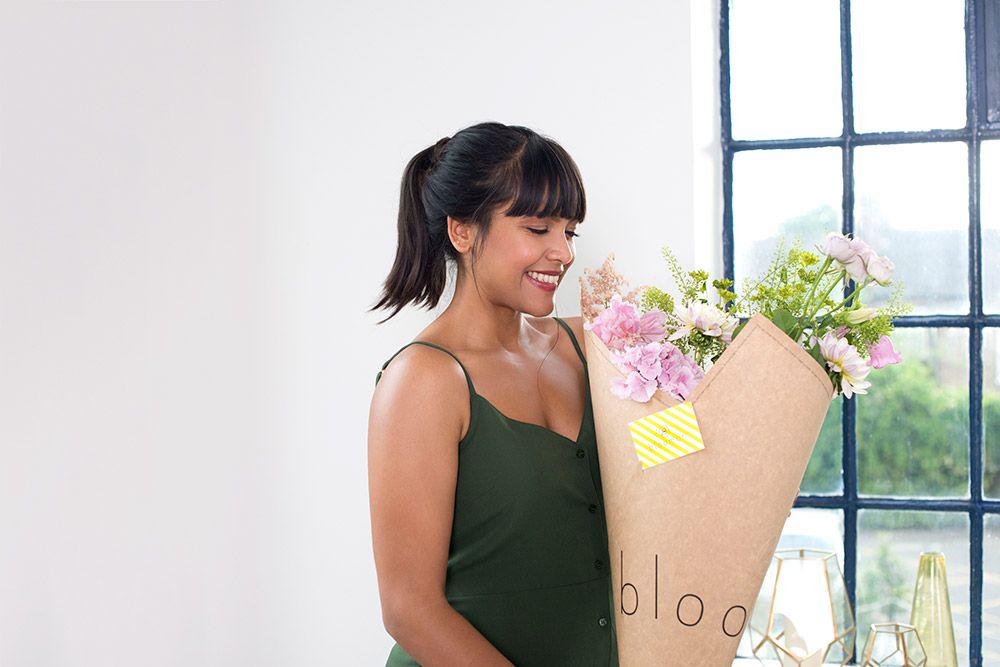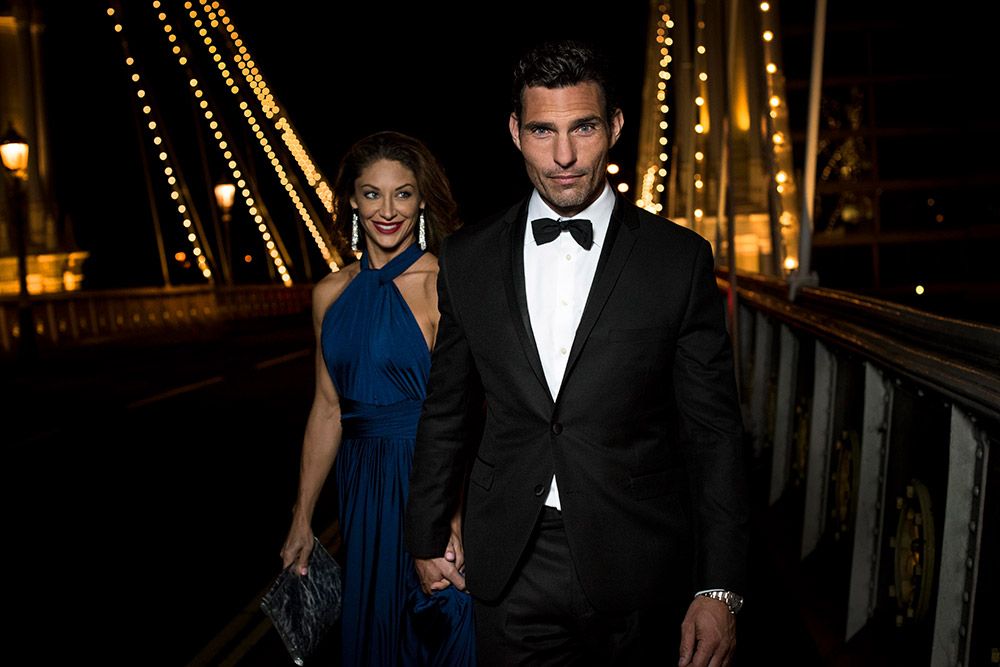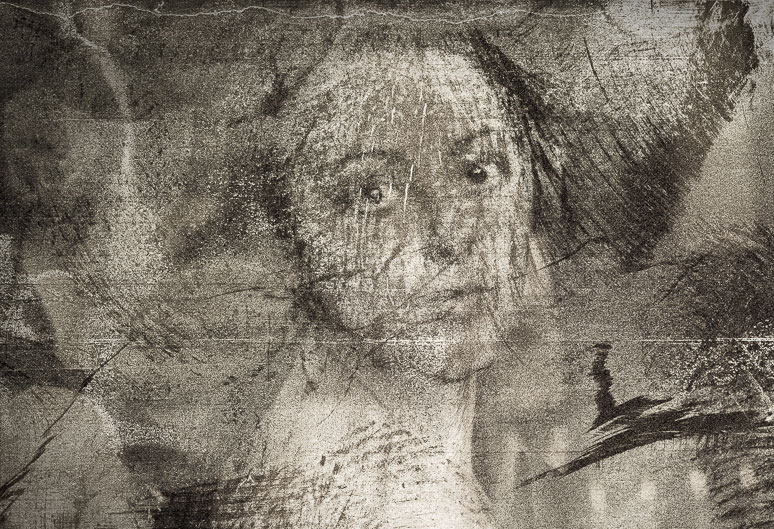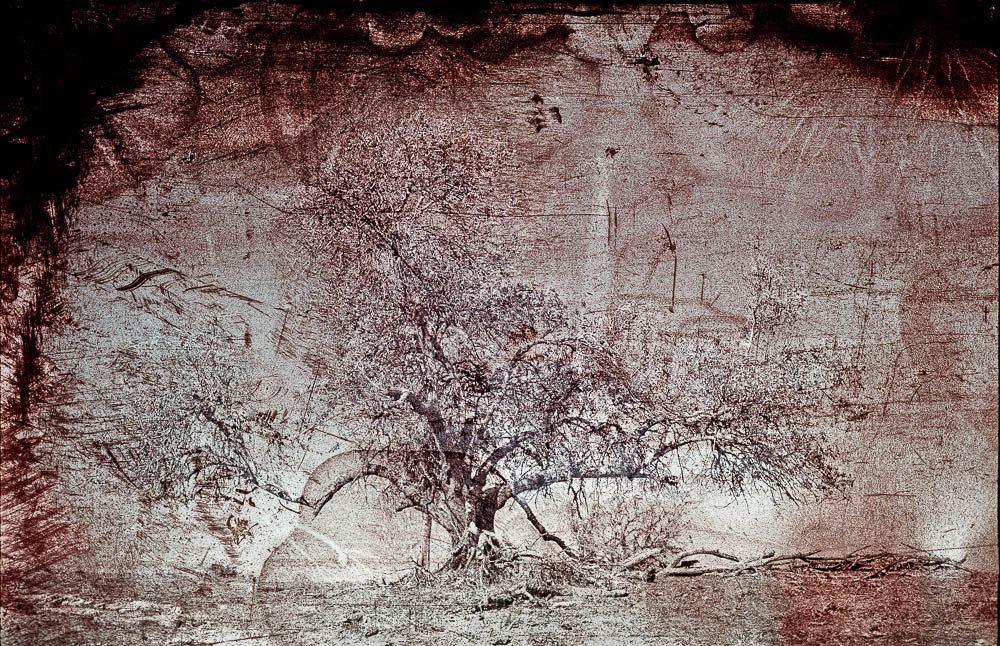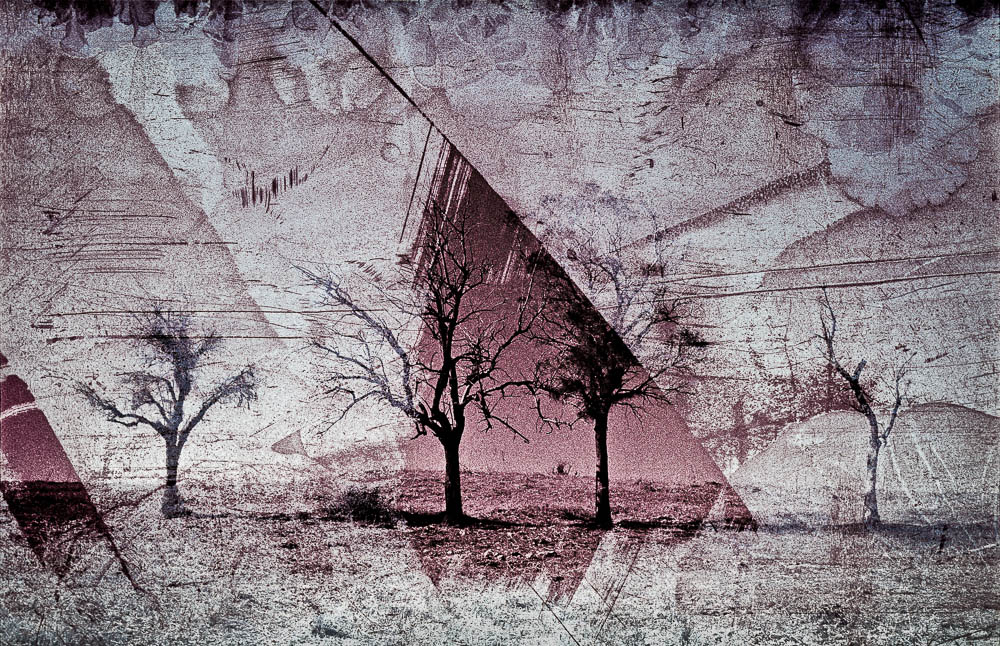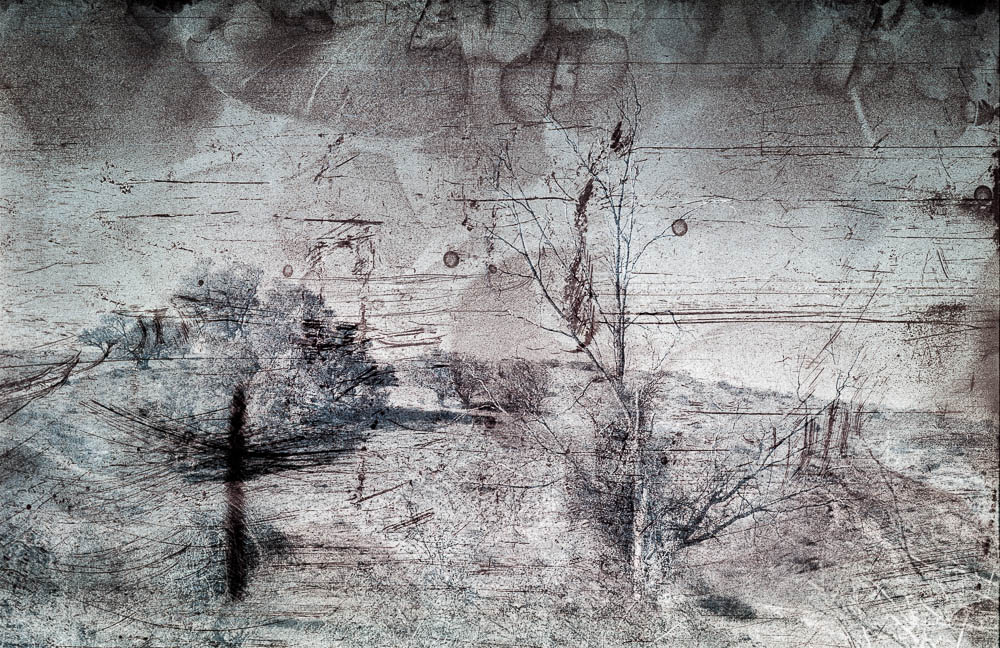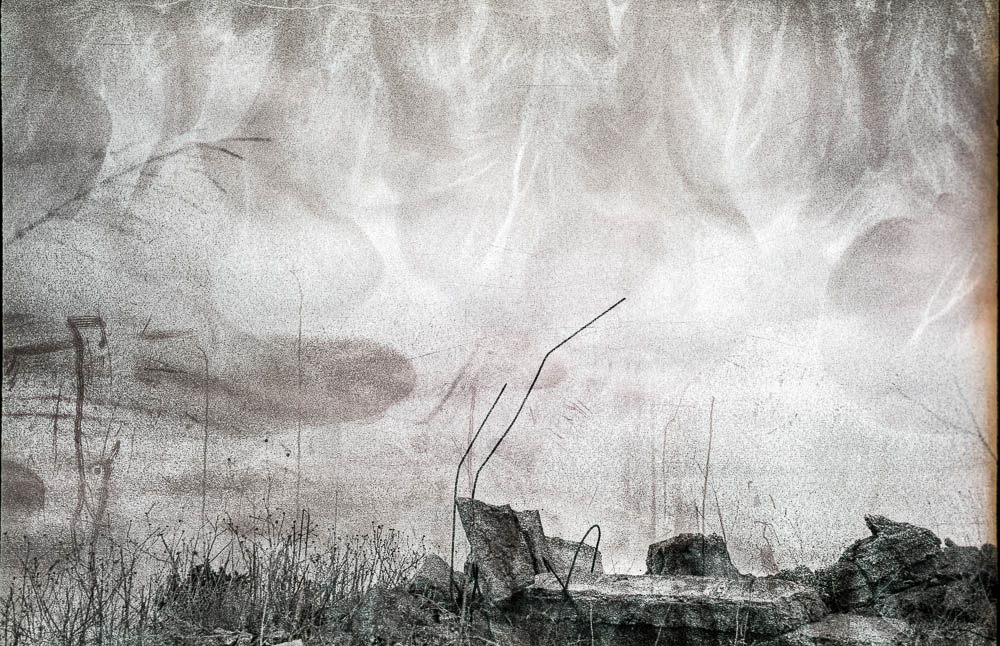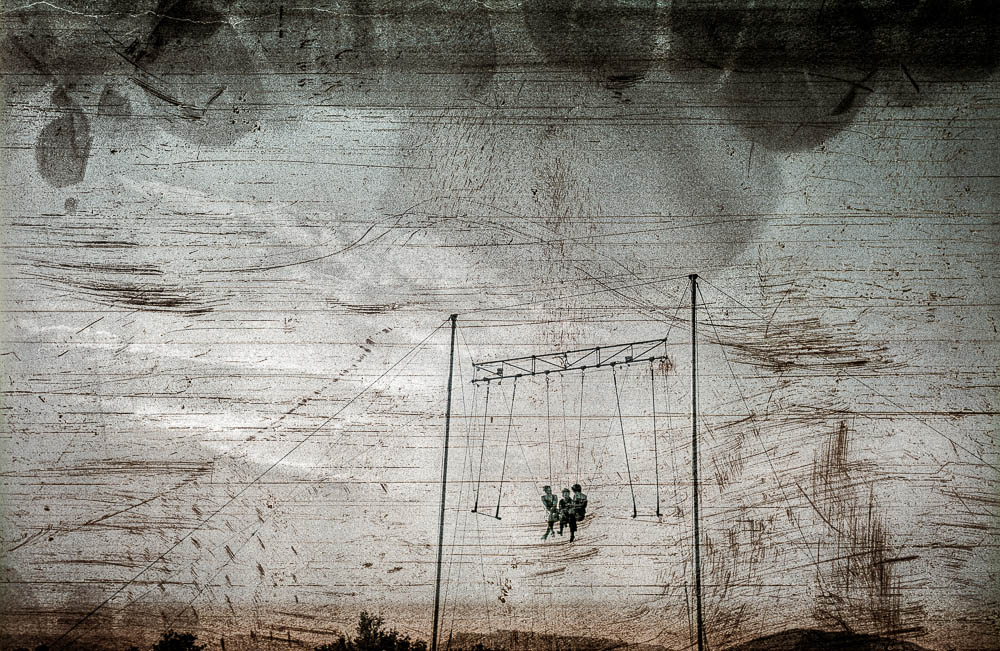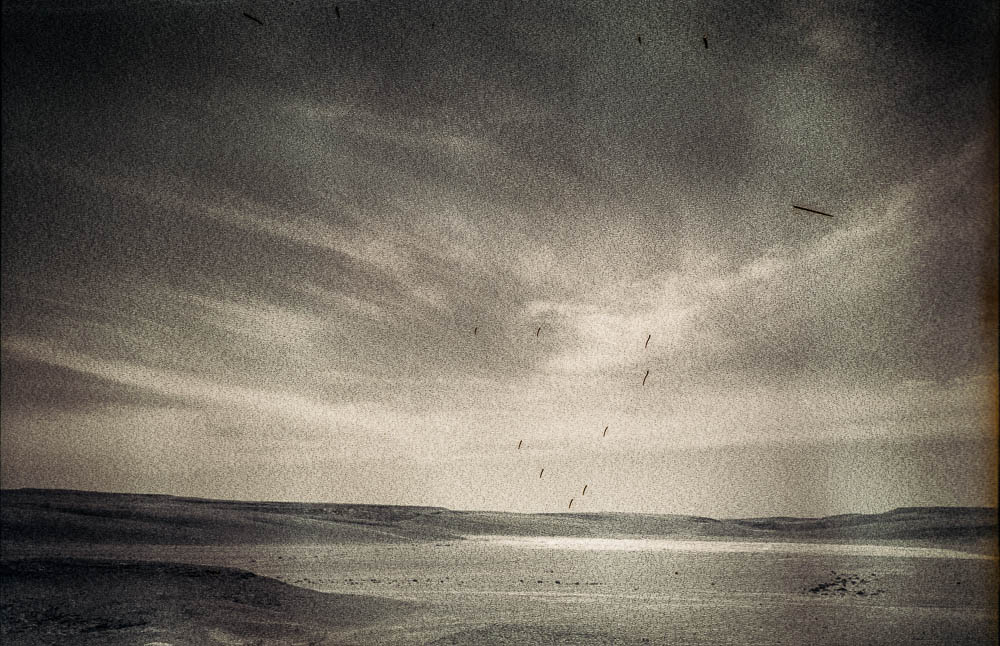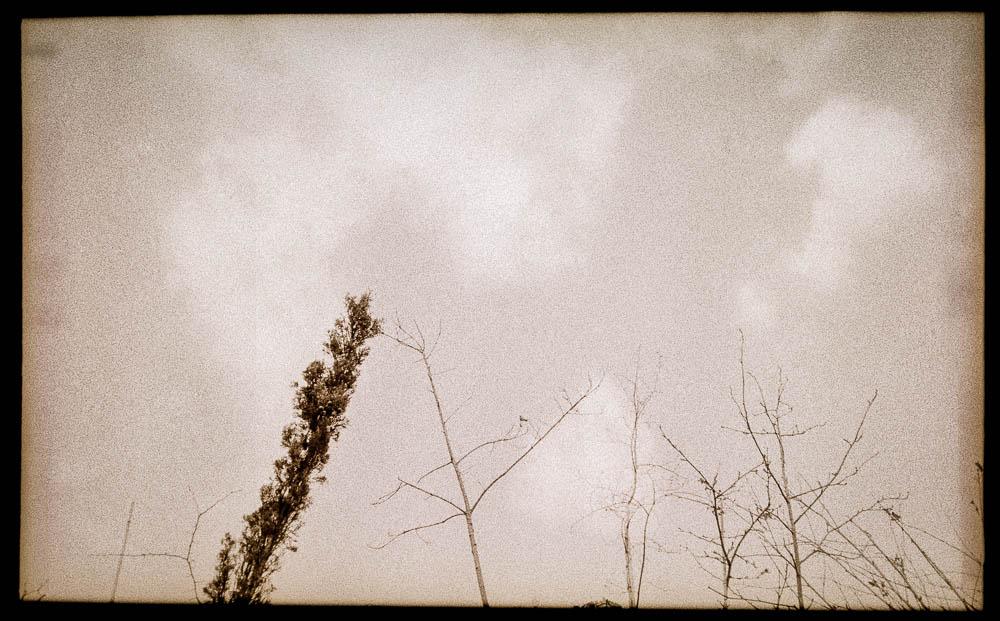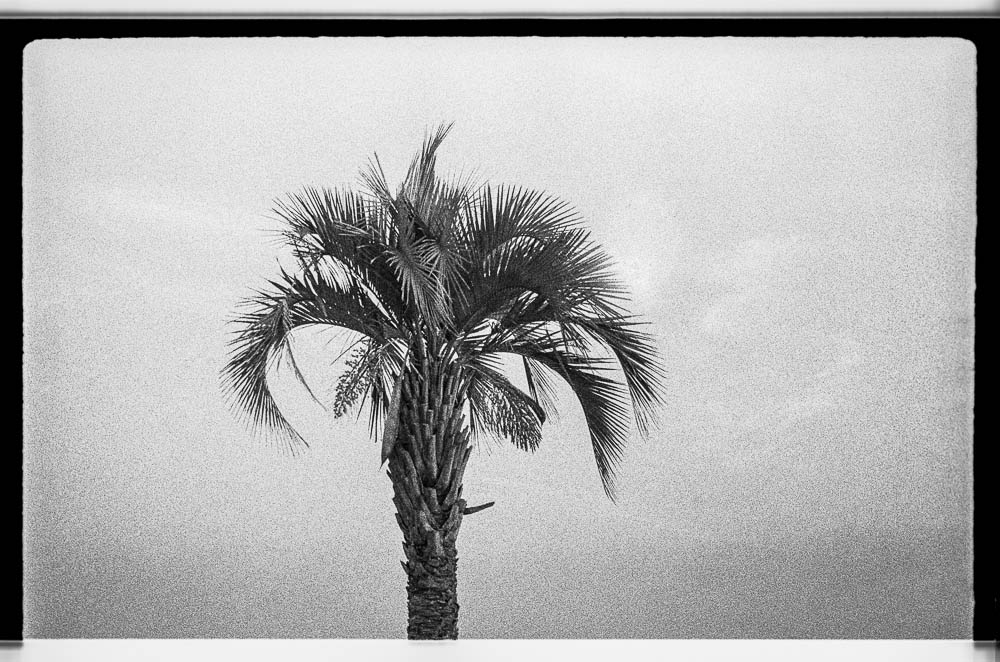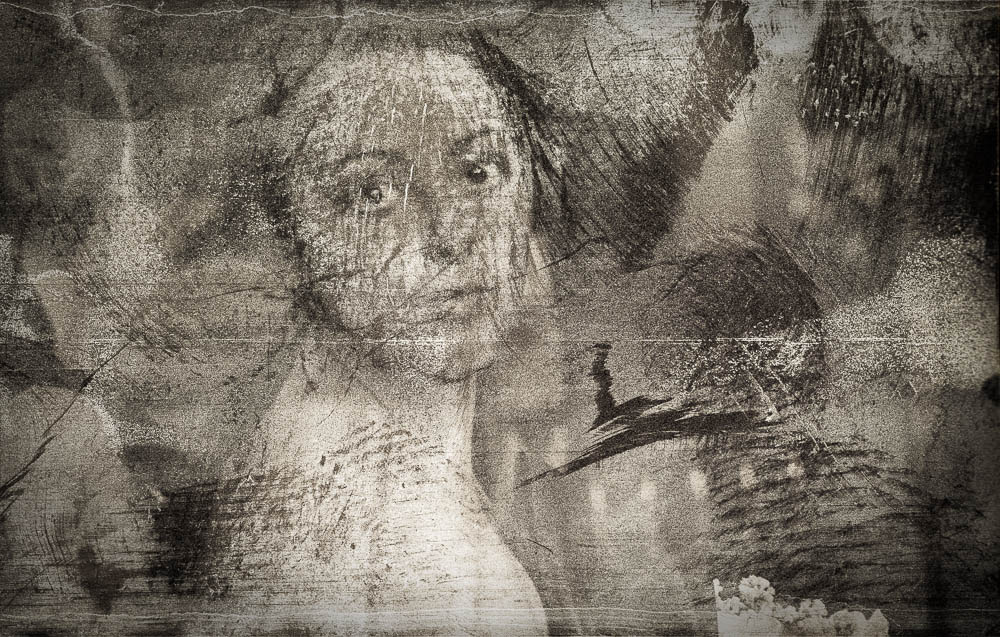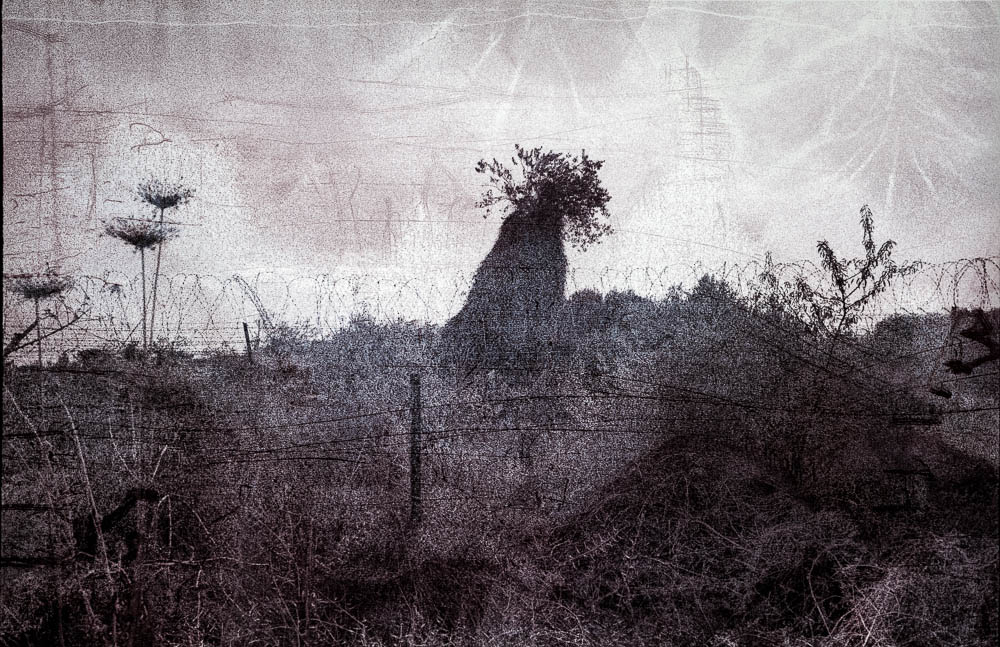Neil Emmerson, aka The Travelling Photographer, has photographed just about every major city in the world during his 30 year career.
He began in Australia, shooting yachts in the Whitsunday Islands (“It was the furthest place I could get to from here..”), before taking a job with Scandinavian Airlines, living in Oslo and photographing new routes and images for their Leisure Brand. A spell with Emirates followed – a similar role to Scandinavian, but covering the entire globe.
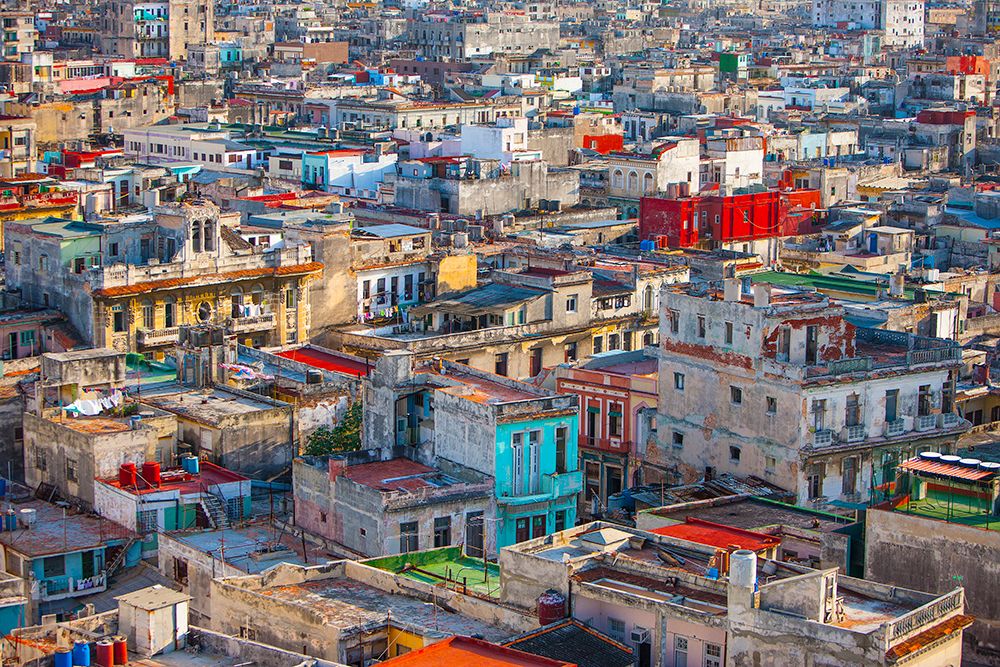 © Neil Emmerson
© Neil Emmerson
5 years ago Neil set up Art For Big Spaces (www.artforbigspaces.com) – a website offering, as the name suggests, large fine art prints, beautifully printed and mounted. I caught up with Neil in his Mayfair studio recently as he reflected on his years of travelling.
Going back to your airline work, how did you approach these commissions? I imagine it can be quite daunting to arrive in a capital city with an open brief?
I would do my homework thoroughly and spend a lot of time looking at existing images that other photographers had shot, but I’d always try to be a bit different in my approach and the airlines seemed to like what I gave them. I would also get inspiration from paintings; for example, I would look at Canaletto’s work and shoot the scenes that he depicted in his works. I wasn’t trying to copy his paintings, but I figured if it was good enough for a grand master, it was good enough for the airlines!
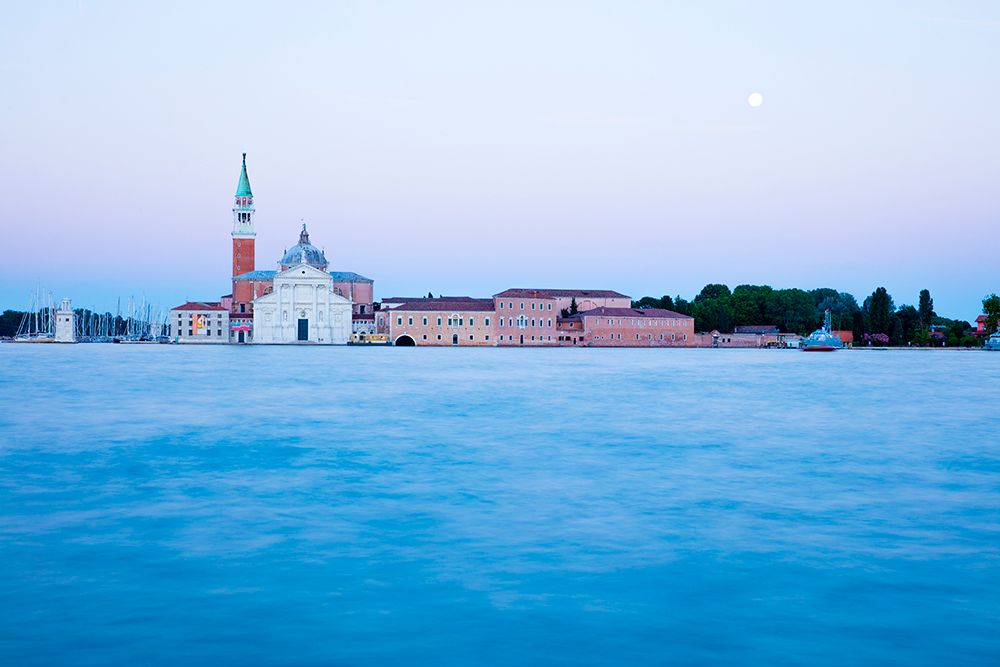 © Neil Emmerson
© Neil Emmerson
You must have shot a lot of film on these assignments. Roughly how much stock would you take on a trip?
I would take around 200 rolls each time I flew, and I’d sometimes have to pick up fresh supplies while I was shooting. I’m a prolific shooter and I soon found that only around 5% of what was edited fulfilled the requirements from the airline and the rest wasn’t needed. So I edited this massive amount of work that I’d shot in all these locations, and filed it away in plastic boxes that I labelled with the place and year, and filed these boxes away in a dry cupboard where they grew and grew.
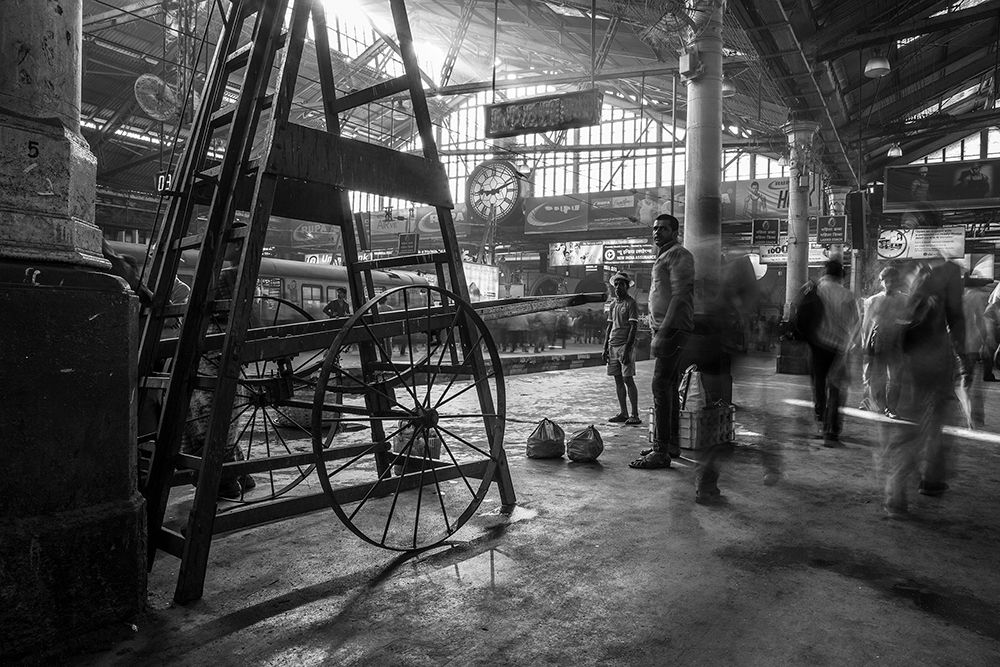 © Neil Emmerson
© Neil Emmerson
It sounds glamorous, jetting around the world to these exotic locations, but I imagine it lost its sparkle over time?
Yes and no. I still enjoyed what I was doing but the travelling was very tiring. I was averaging around 75 long haul flights a year over a ten year period, and in fact, I was chatting to a flight crew once and they couldn’t believe the amount of time I was spending in the air. Apparently the radiation levels I was exposing myself to were not that healthy! What ultimately made me decide to move on was as a result of a trip to Thailand. I was trying to get a flight from Bangkok to Ko Samui but there was a storm and I couldn’t get on a plane. I thought of getting a flight to Surat Thani and from there catch another flight to Ko Samui, but eventually I managed to get a direct flight from Bangkok that afternoon. When I arrived in Ko Samui, I got to the hotel and learned that the Surat Thani flight had crashed as it was trying to land. That was the turning point for me and I thought enough is enough.
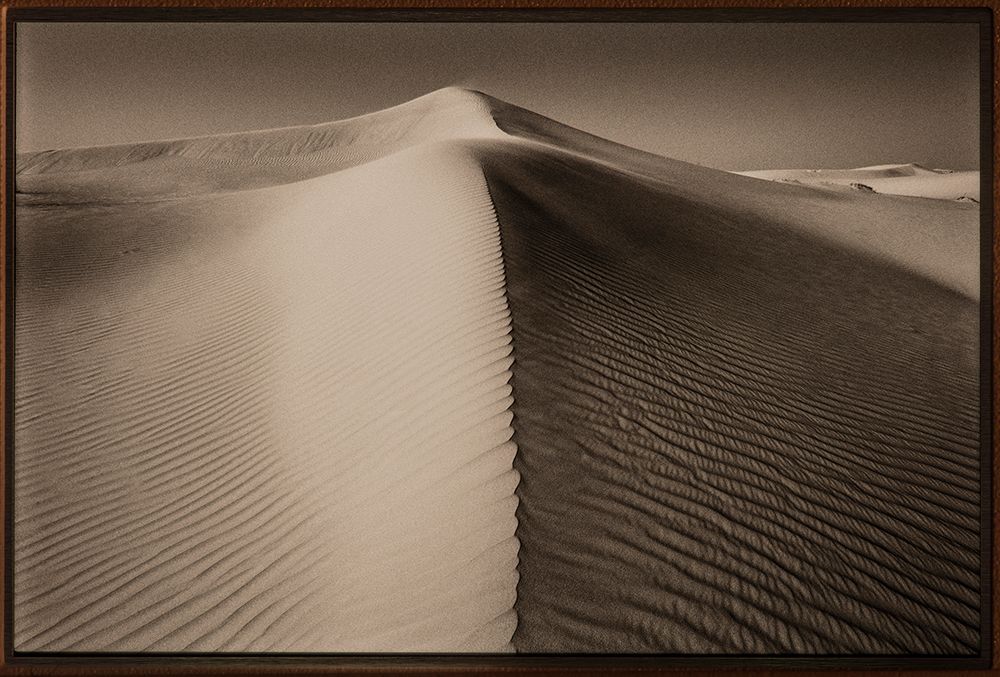 © Neil Emmerson
© Neil Emmerson
That’s an understandable reaction and a pretty sobering thought. Did you have any ideas as to what you could do instead?
I’d already been speaking to MG Rover about the final Mini that was to be produced that year. I’d always had a soft spot for the Mini, and had fond memories of a family holiday driving to Italy in a Mini Traveller when I was a toddler. Rover wanted to celebrate the final year of production for the car but told me that had no budget for the project. I’d been used to airline company budgets for years and had absolutely no idea about budgets in the automobile industry, and as it turned out, ‘no budget’ was actually a lot of money! I worked for a year on the project and that then led to working with Land Rover and Harley Davidson.
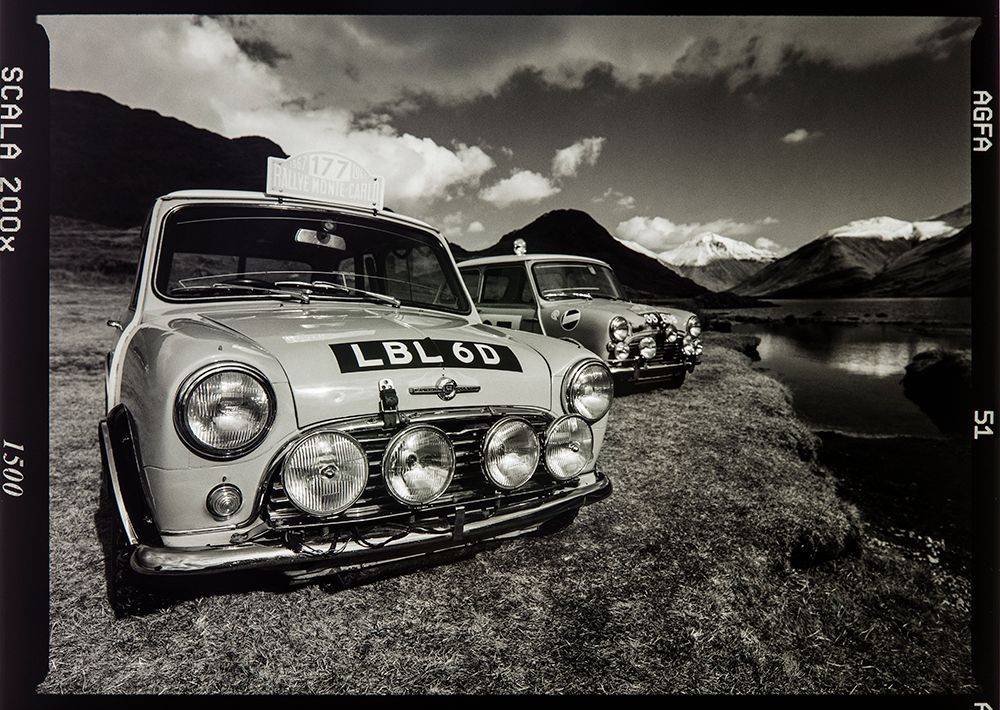 © Neil Emmerson
© Neil Emmerson
So more travelling again?!
Yes, certainly with Harley Davidson. The assignments were not so much about the actual bikes, but more of the lifestyle and culture associated with the brand, so I spent a lot of time in Western USA, working in the desert. And of course, working in all these locations meant that I was still shooting way more stock than was required for the assignments, so I continued filling my plastic boxes with surplus images. At that time I still had a few travel related clients that were sending me round the world and that too helped fill the boxes.
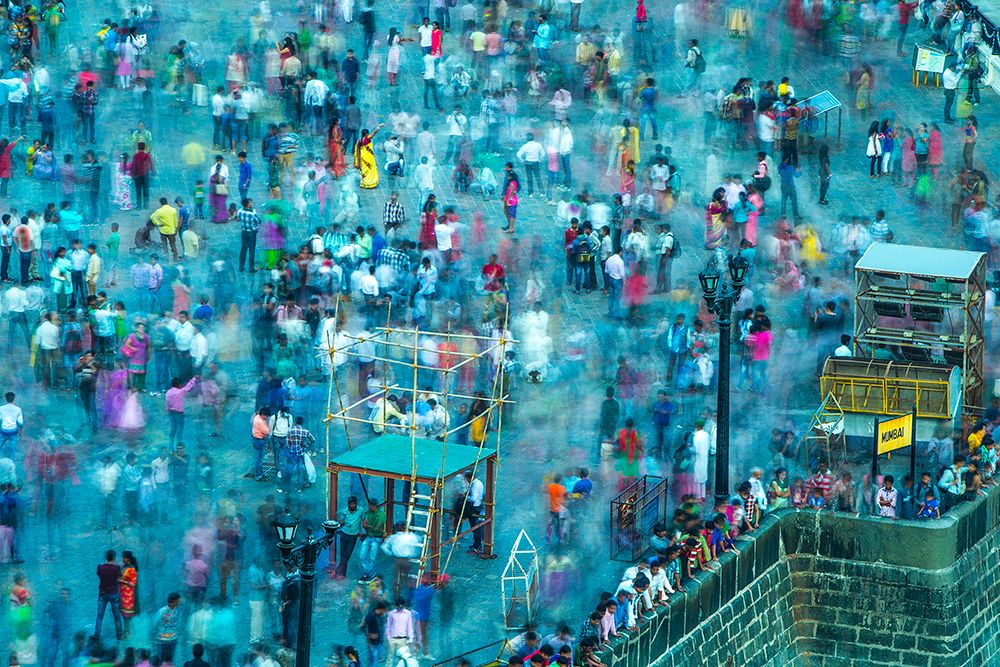 © Neil Emmerson
© Neil Emmerson
Do you still shoot commissions or have you hung up your passport?
I suppose about 5 years ago I decided I’d had enough of all the travelling and the cupboard full of boxes was nagging away at the back of my mind, so I decided to see if I could really do something special with the thousands of images I’d collected over the years. Everything had been shot on film and I’d been careful to throw out anything that wasn’t up to scratch, so I had this idea to produce large prints and see if I could sell them.
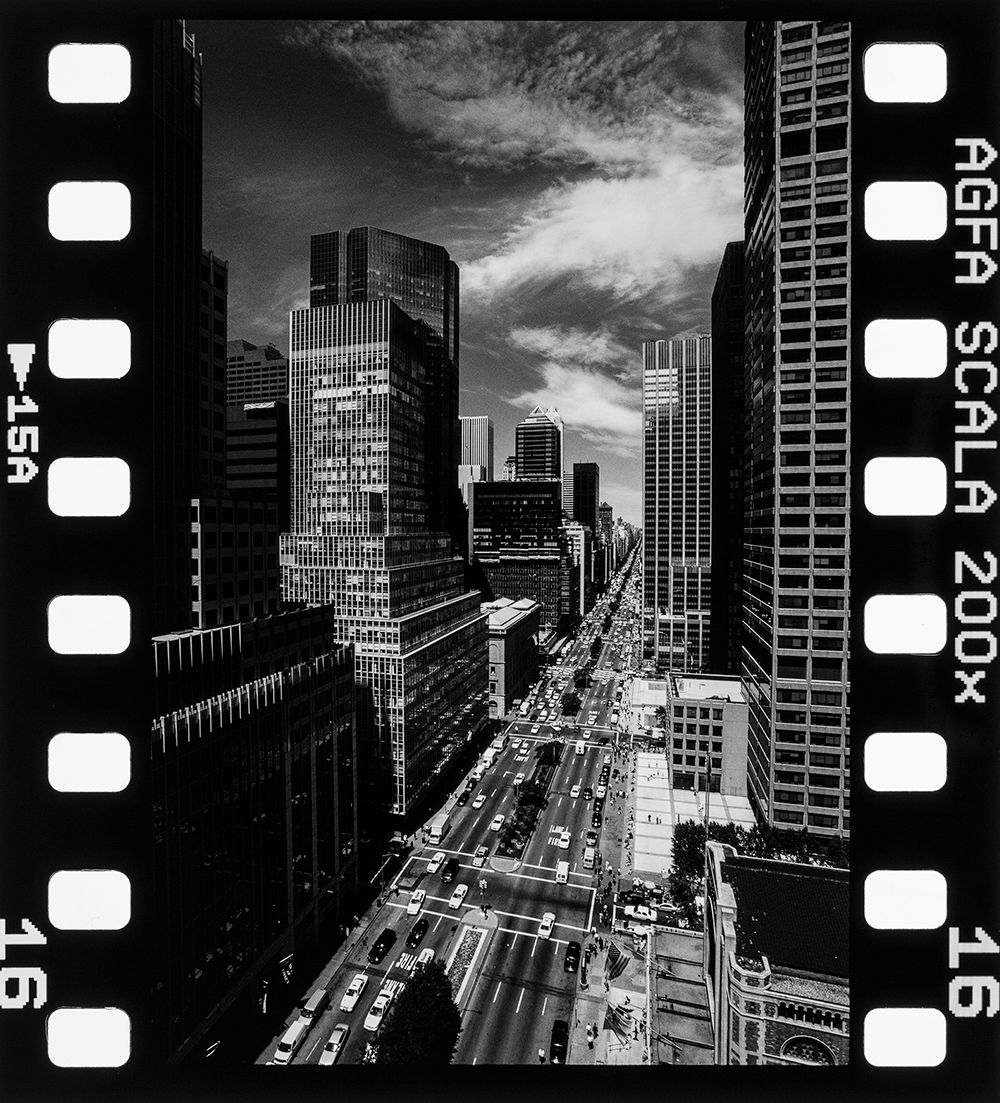 © Neil Emmerson
© Neil Emmerson
That was the birth of ‘Art For Big Spaces’?
Yes. I sold a few initially and through word of mouth I began to sell more and more and I’m now at the point where it’s essentially taken over what I do. It’s funny that what began as an aside to the commissioned work I was shooting, has now become my main business.
I do still travel but it’s now for my pleasure and to shoot specifically for new artworks. When I was working for the airlines, I was fortunate to visit some truly incredible places, but I’d often have only a couple of hours to shoot before having to move on. I mentally bookmarked quite a few locations and I’m now in a position to re-visit and stay for a week at a time, really getting a feel for the places and having the luxury of shooting what I want, when I want.
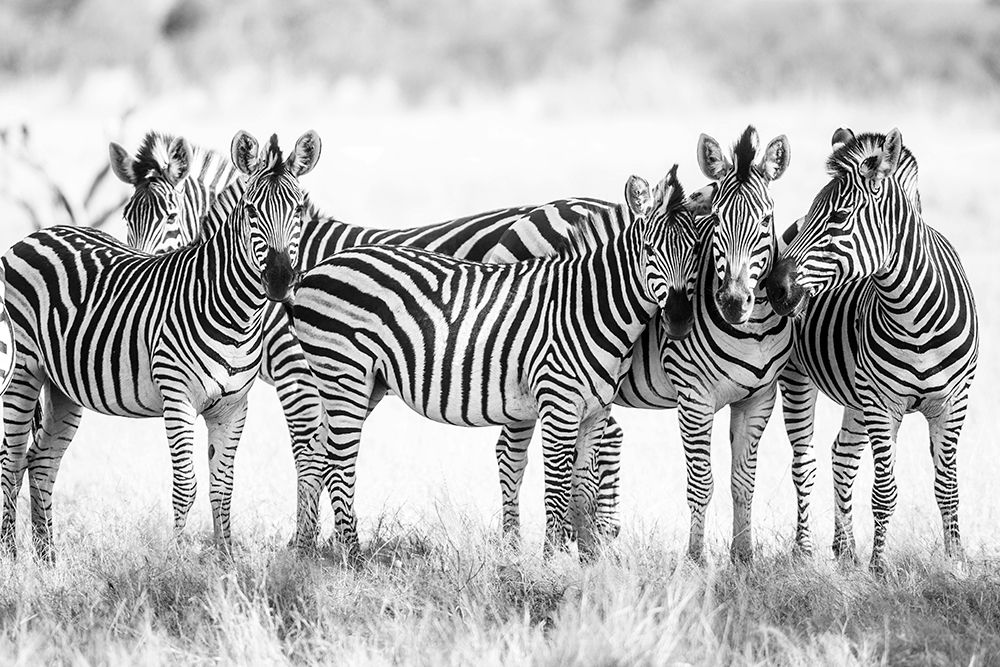 © Neil Emmerson
© Neil Emmerson
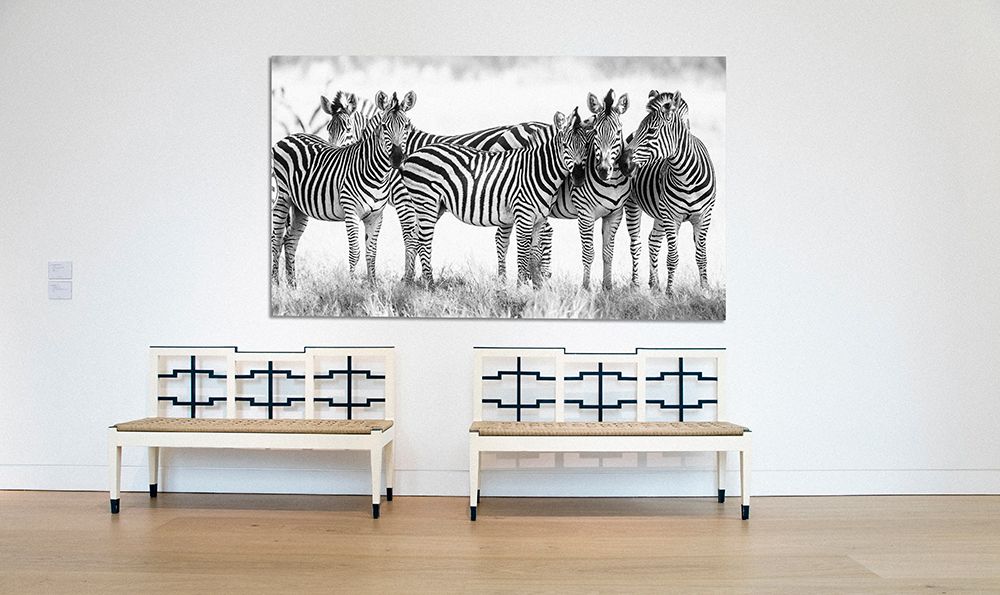 © Neil Emmerson
© Neil Emmerson
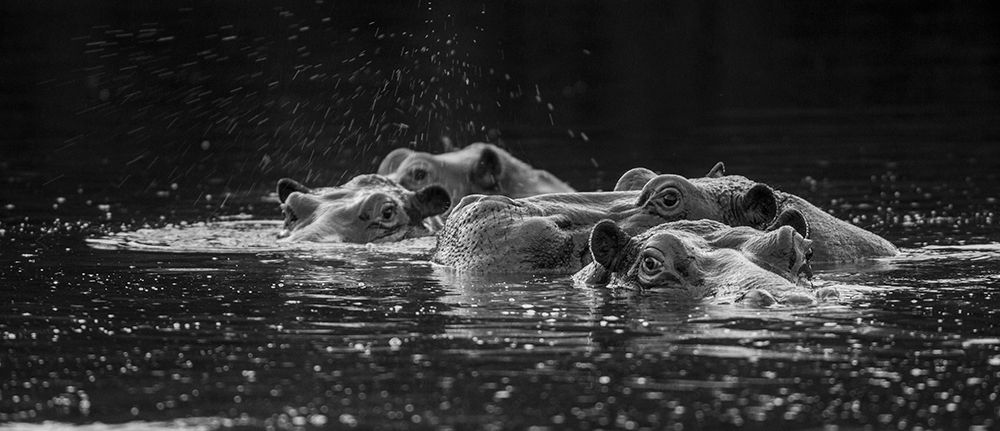 © Neil Emmerson
© Neil Emmerson
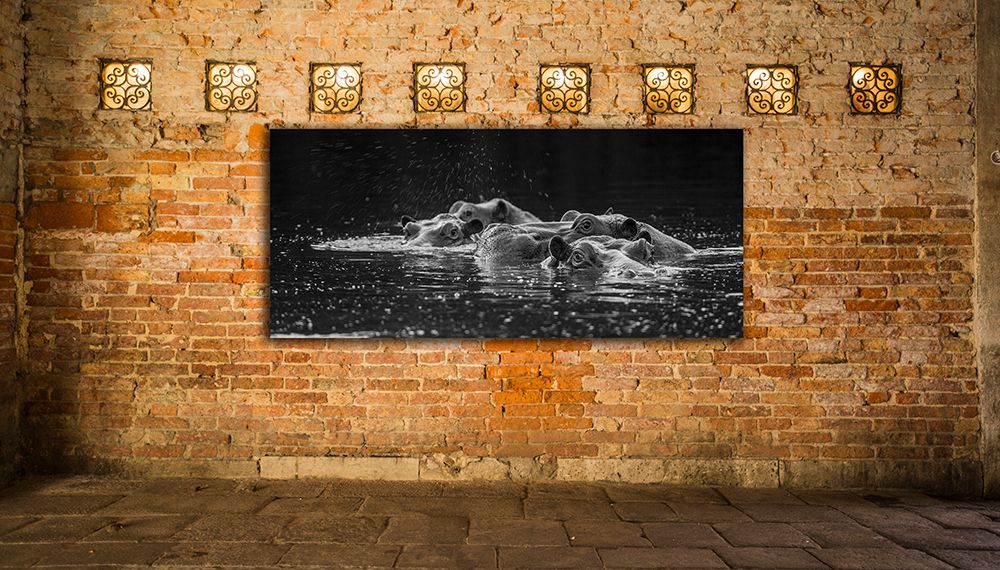 © Neil Emmerson
© Neil Emmerson
To see more of Neil’s work, visit www.artforbigspaces.com and his personal website www.neilemmerson.com
From 5th January, the Café in Shepherd Market, Mayfair is holding an exhibition of Neil’s collection With The Elephants, shot in Zimbabwe & Zambia in 2017.
Neil was talking to Tim Stavrinou

